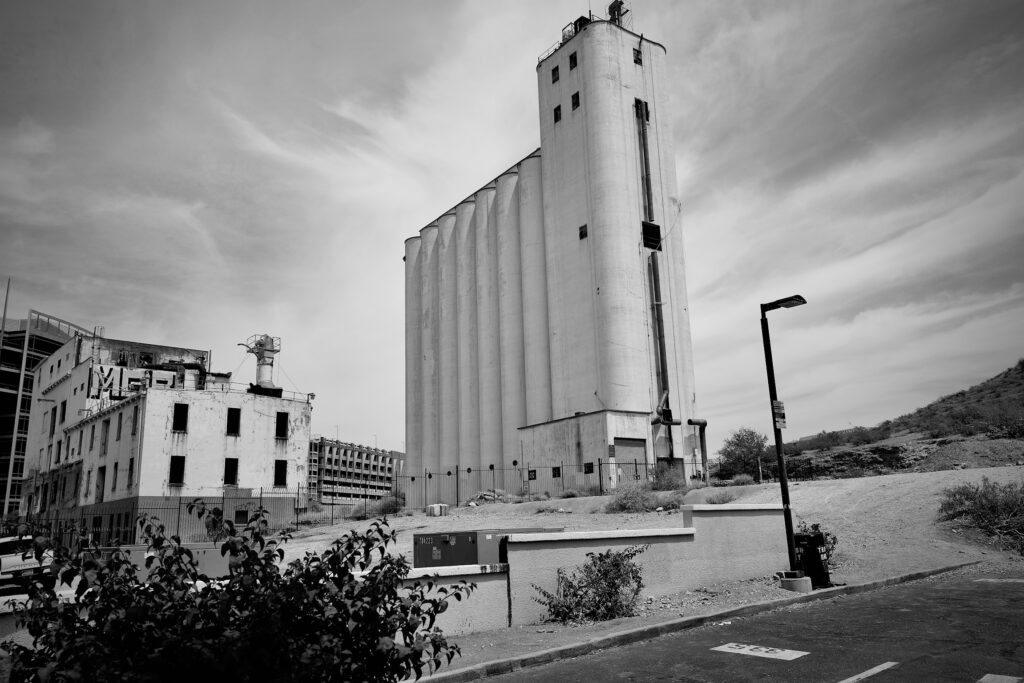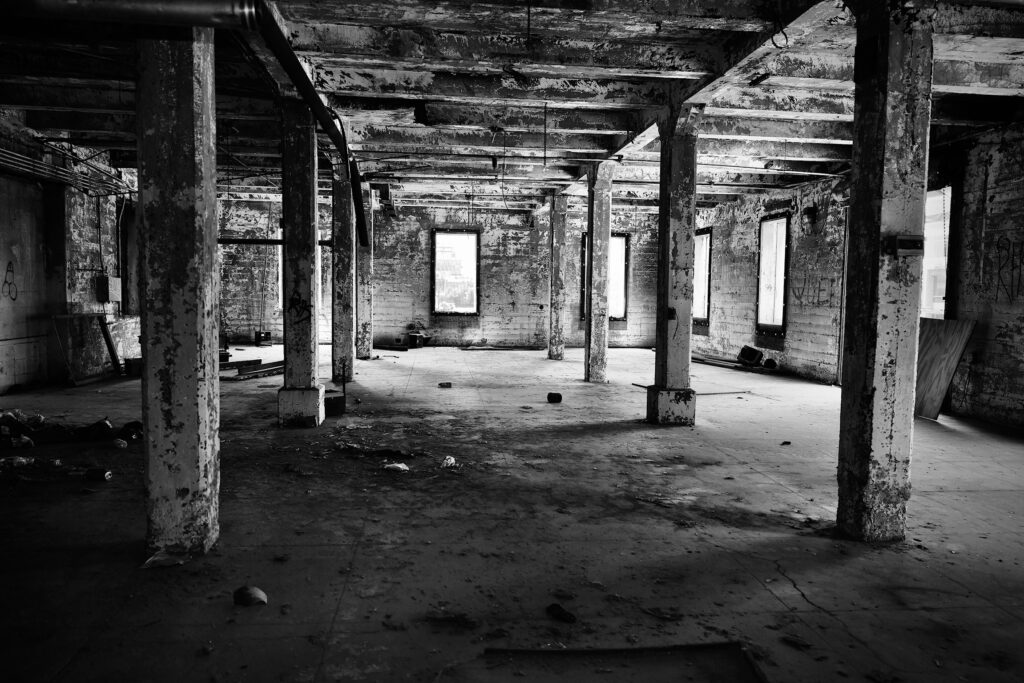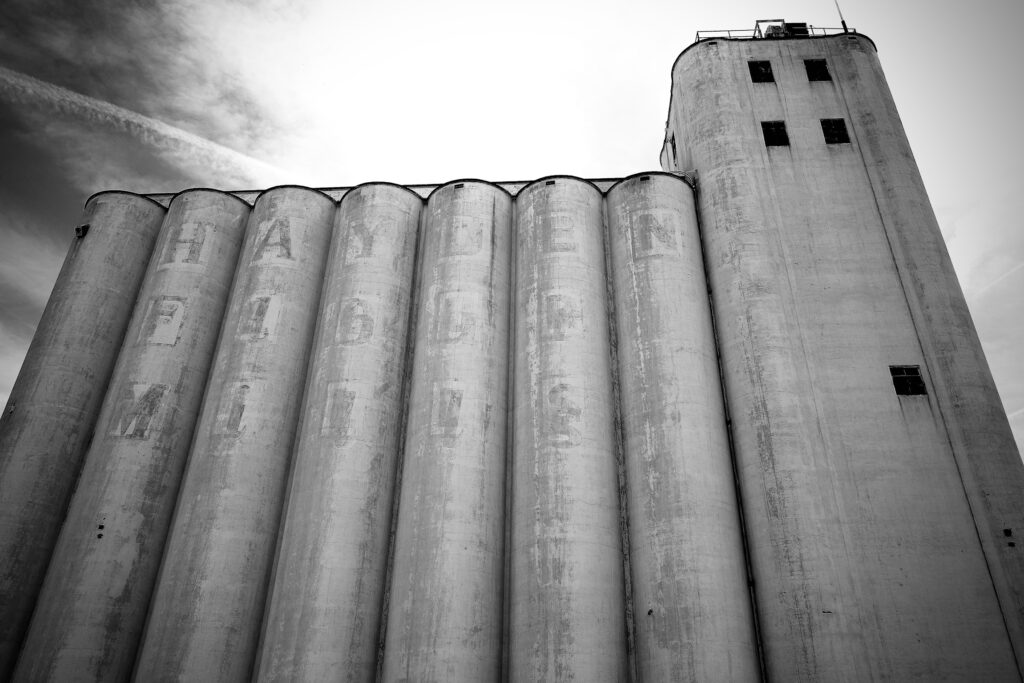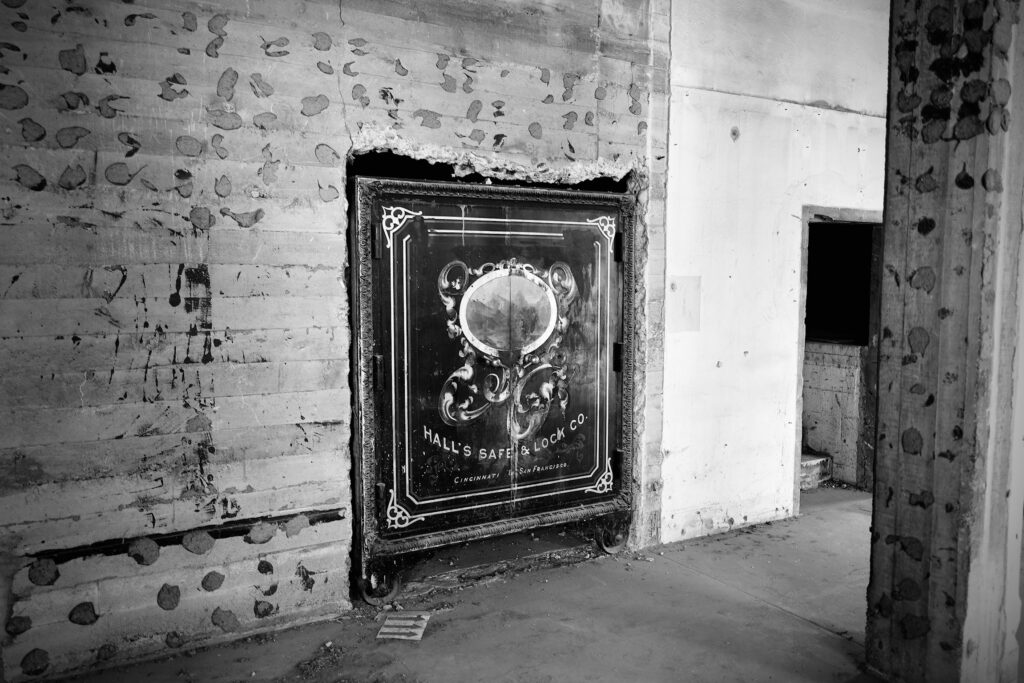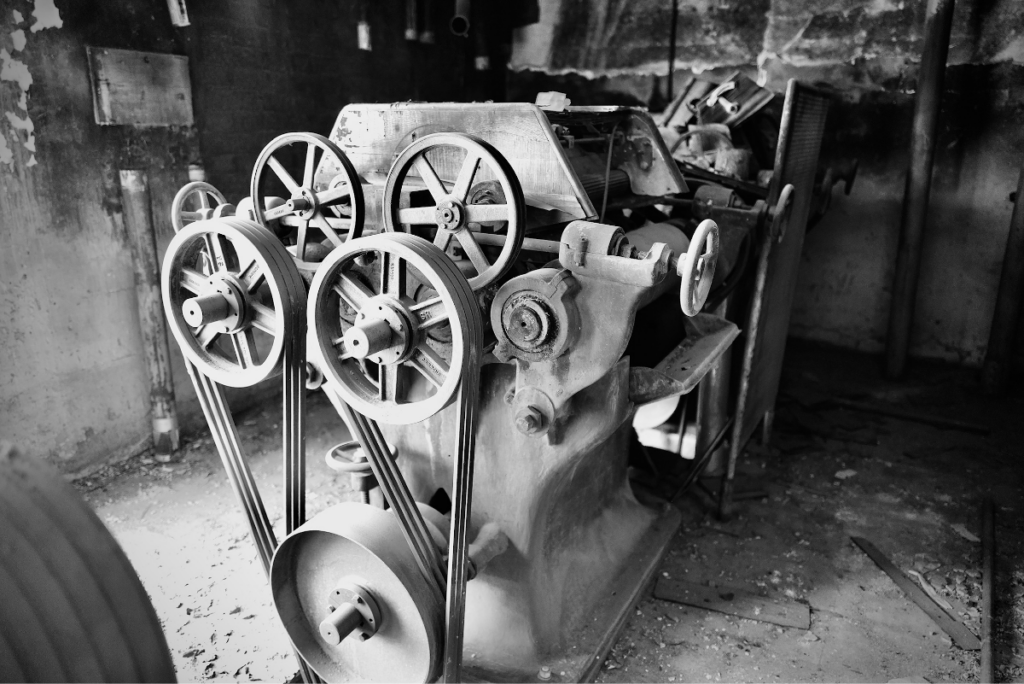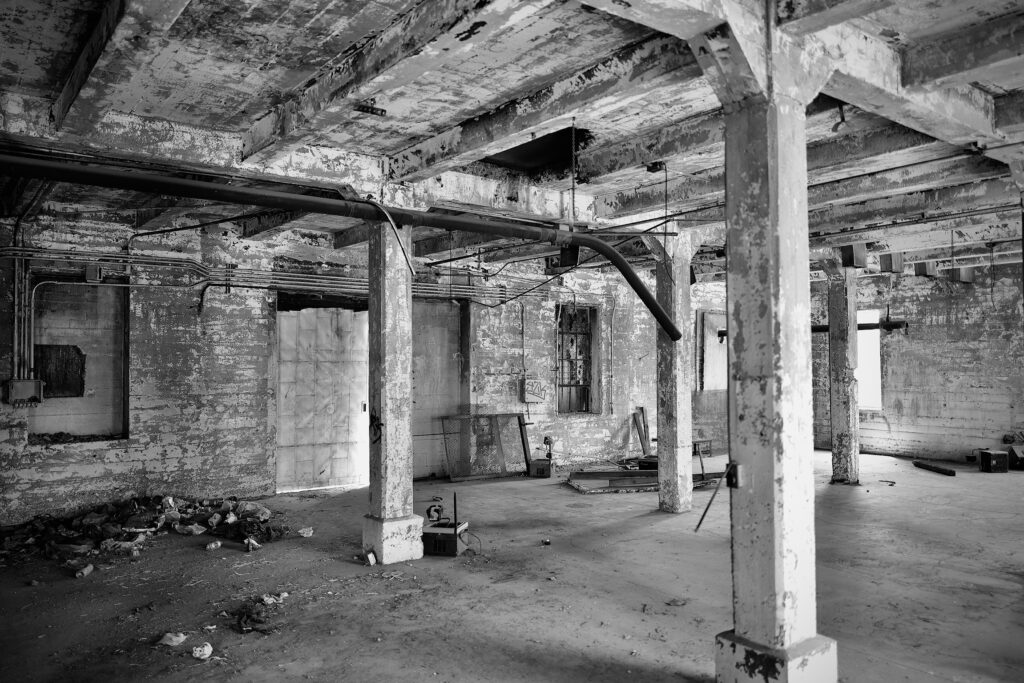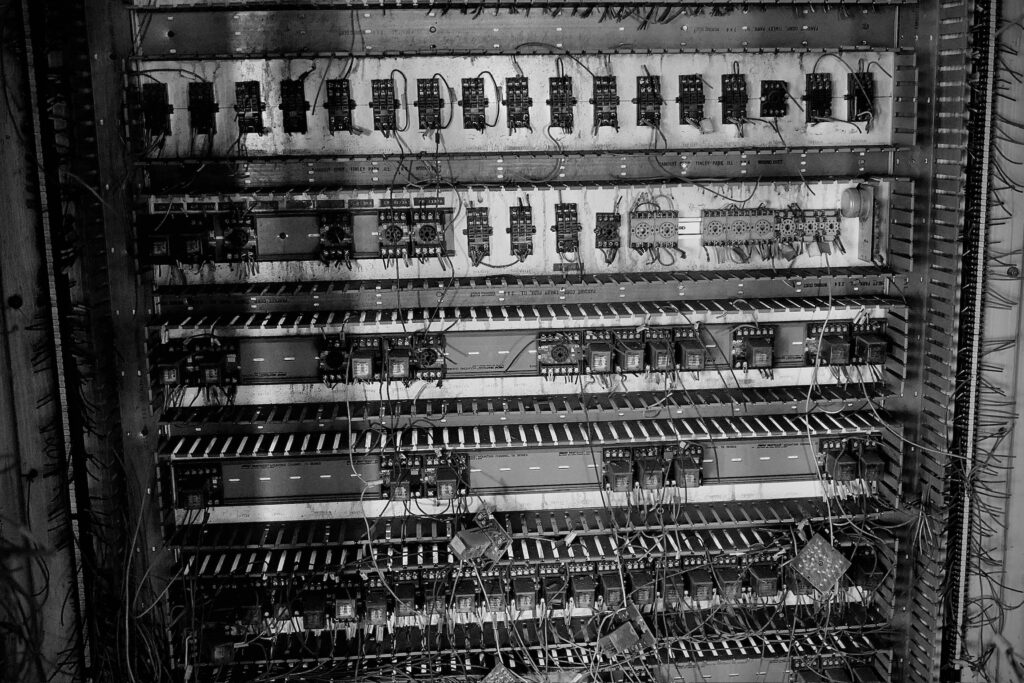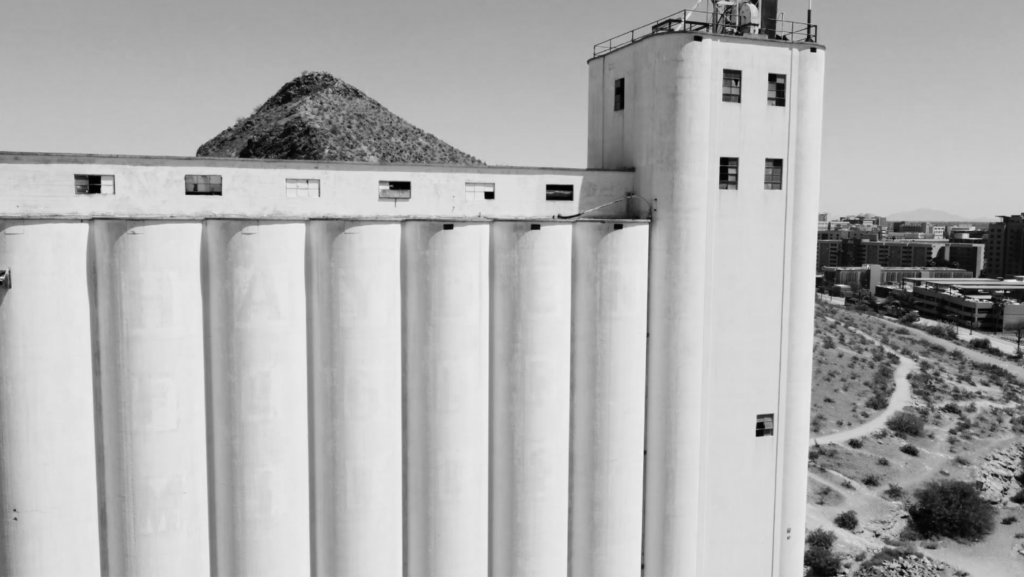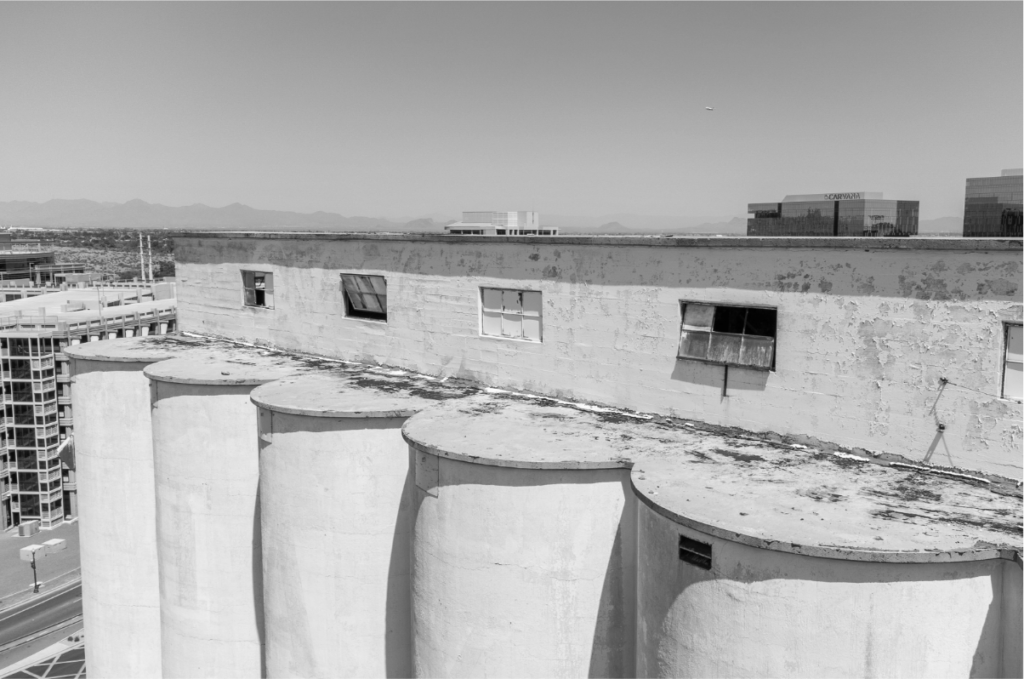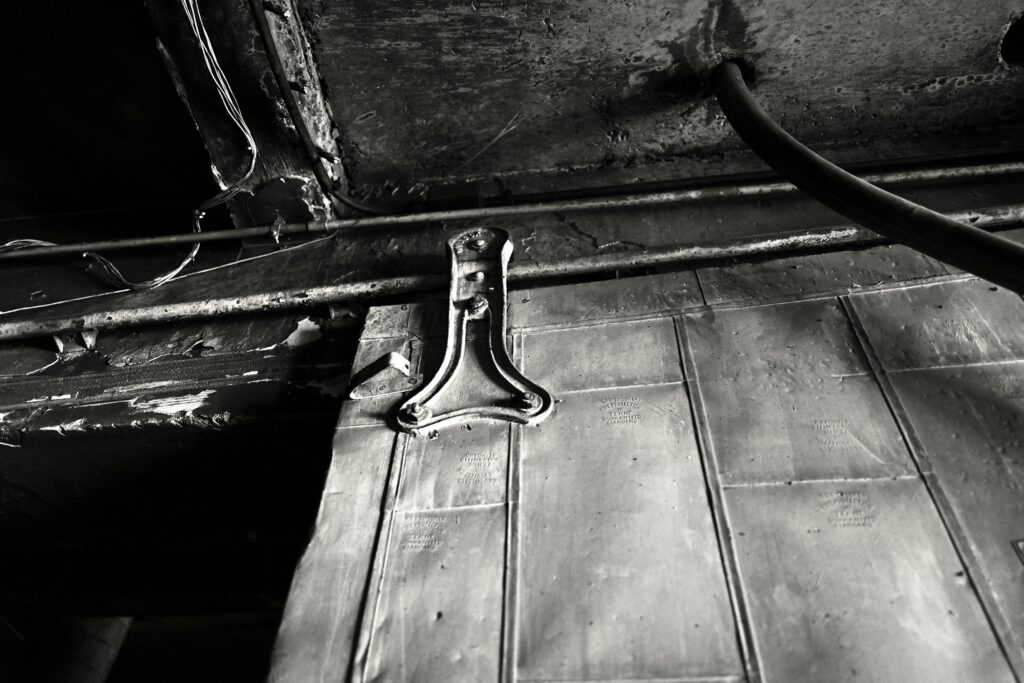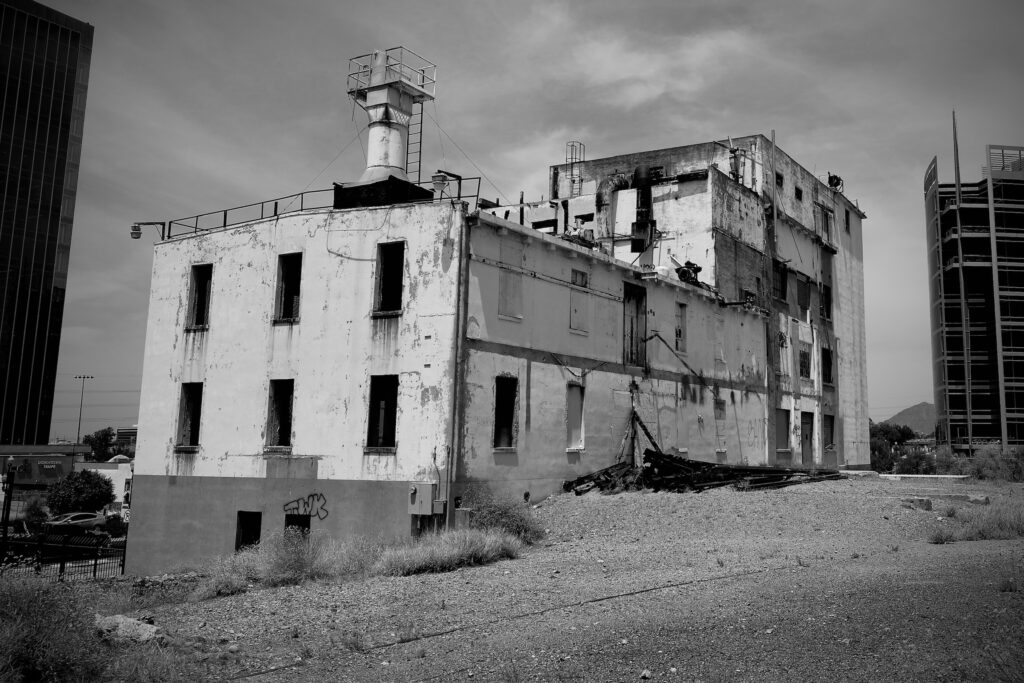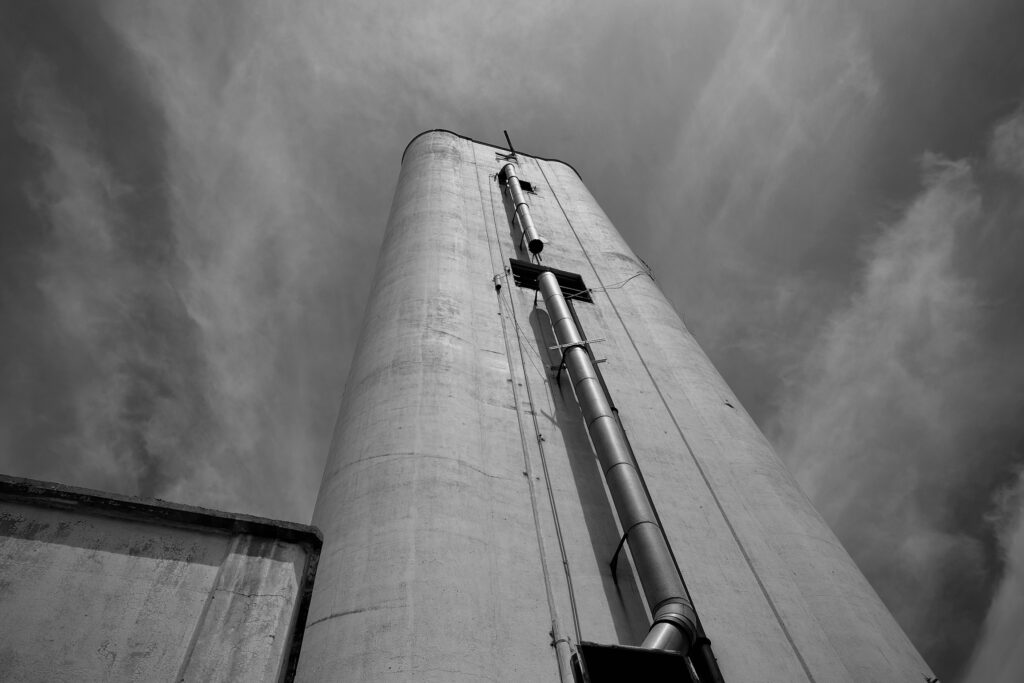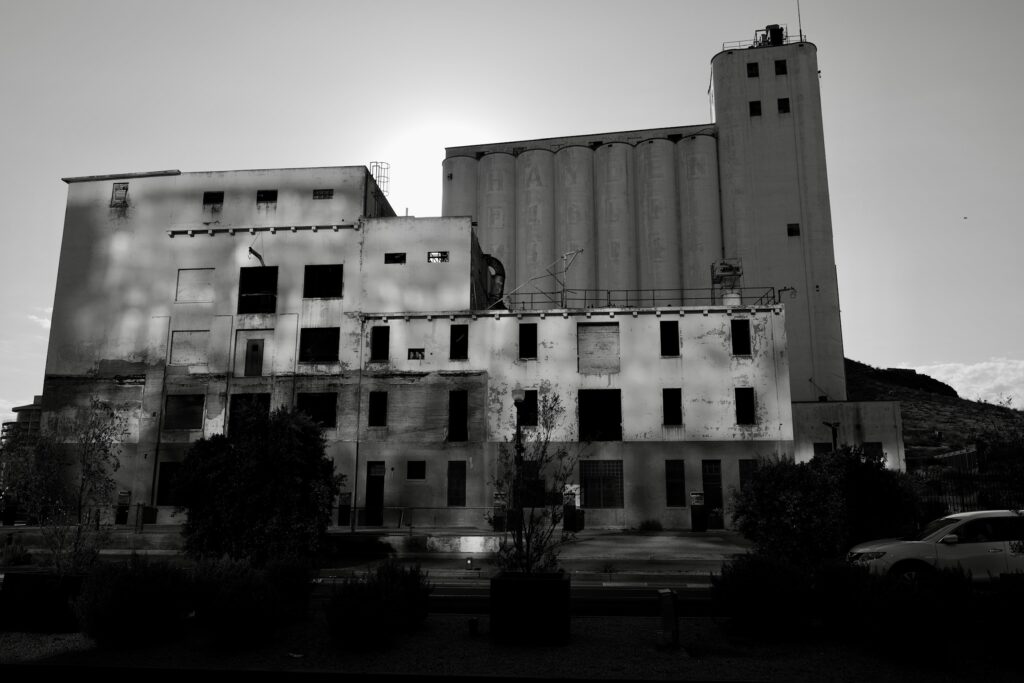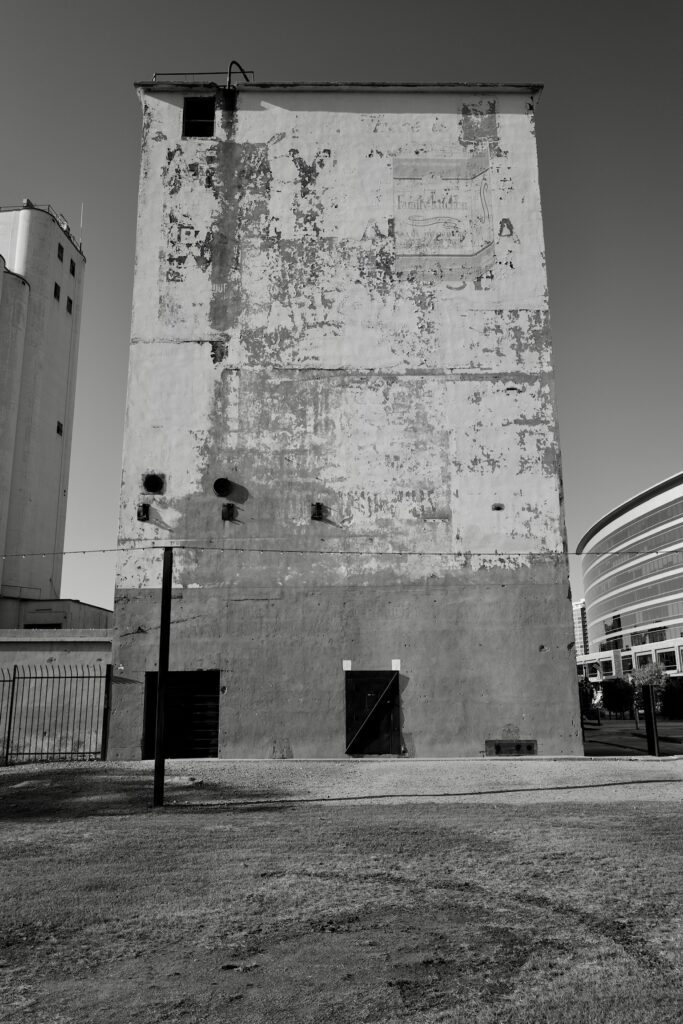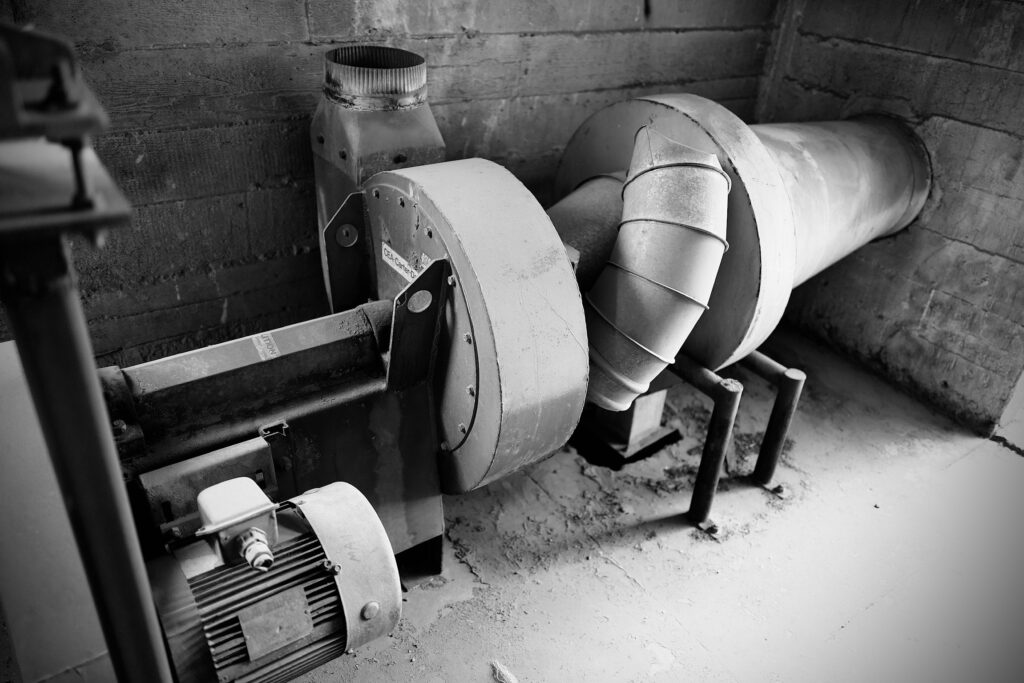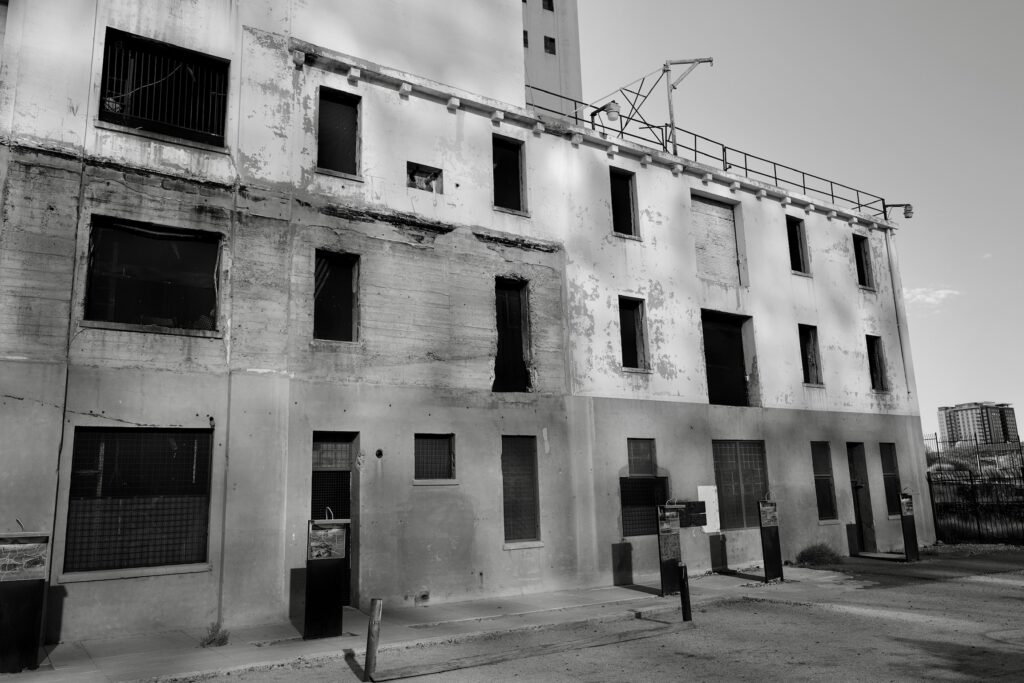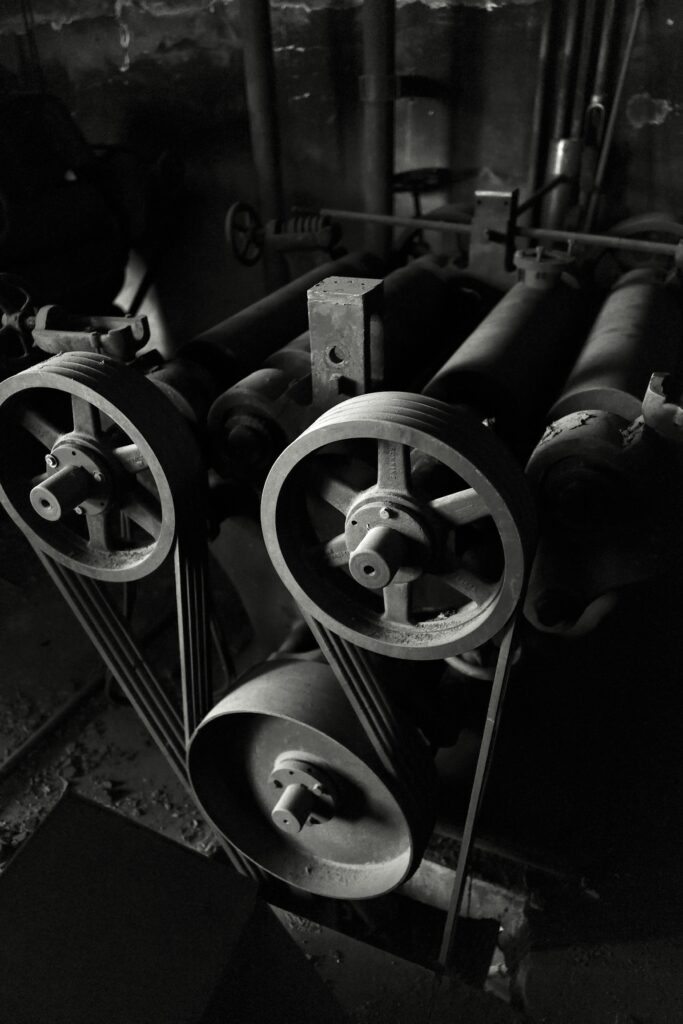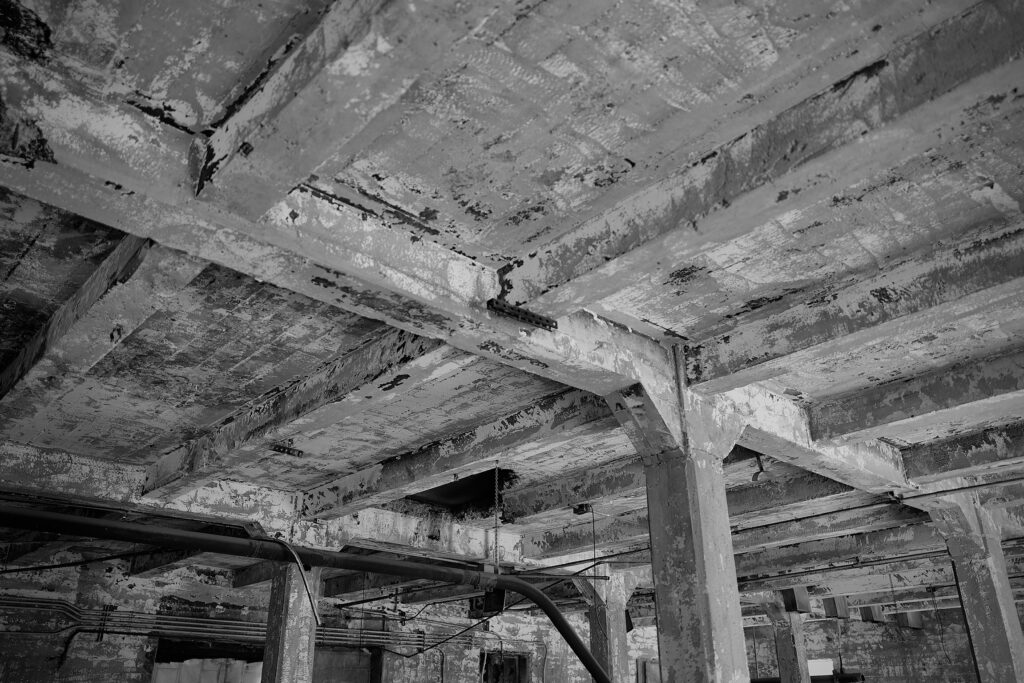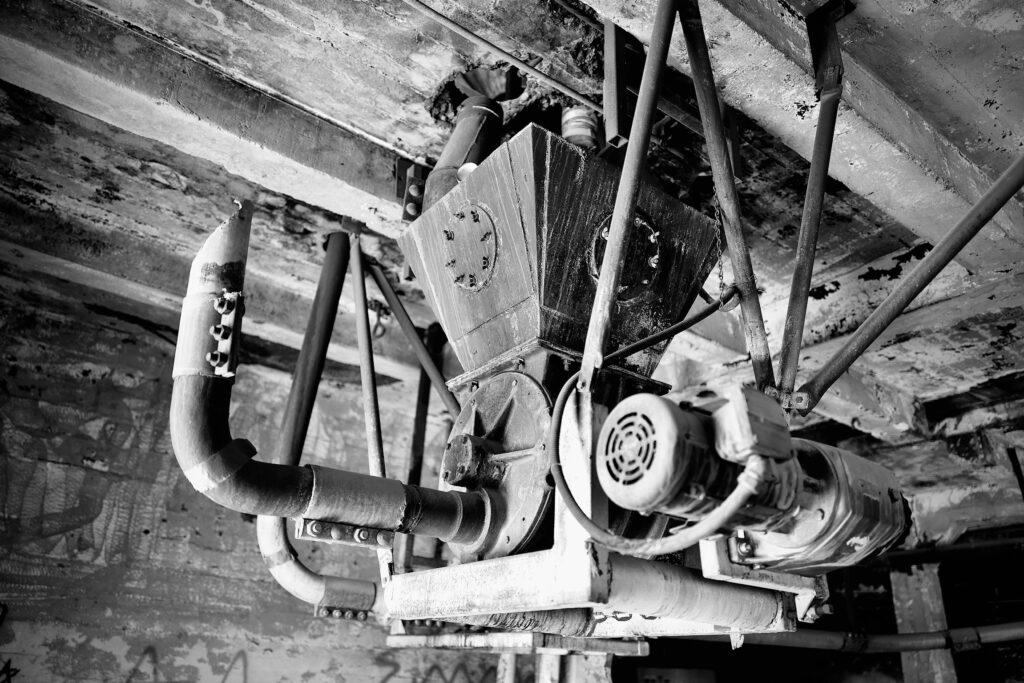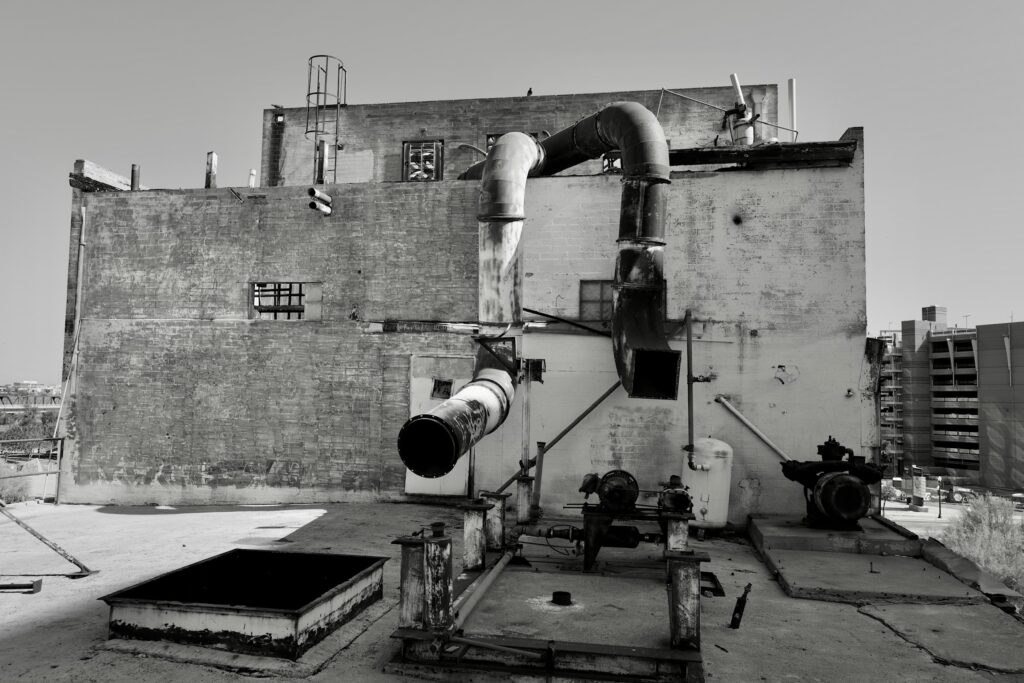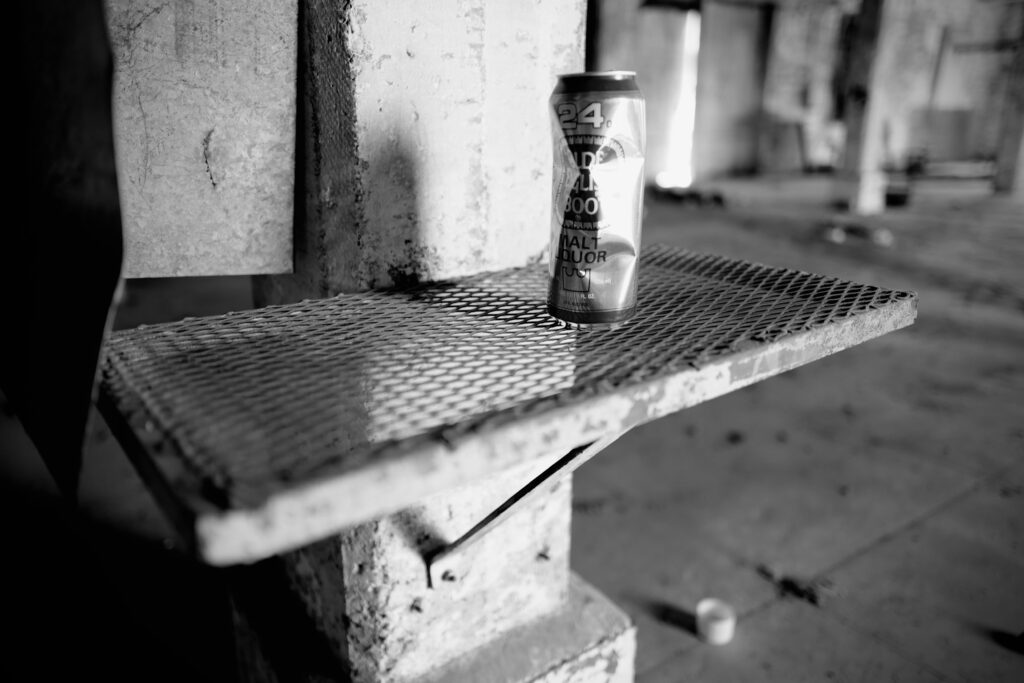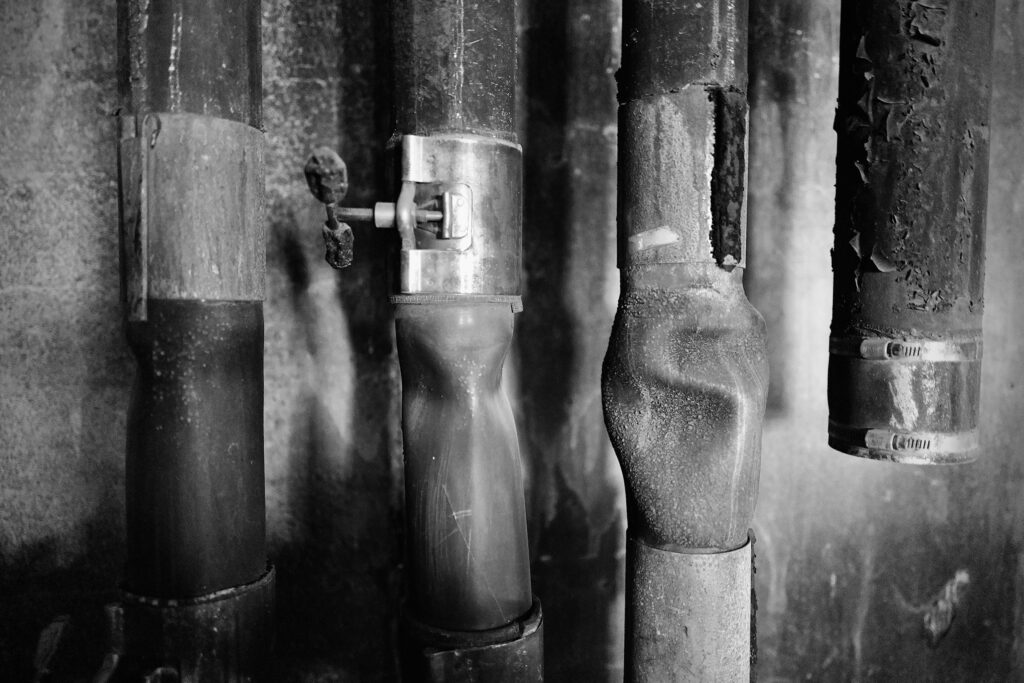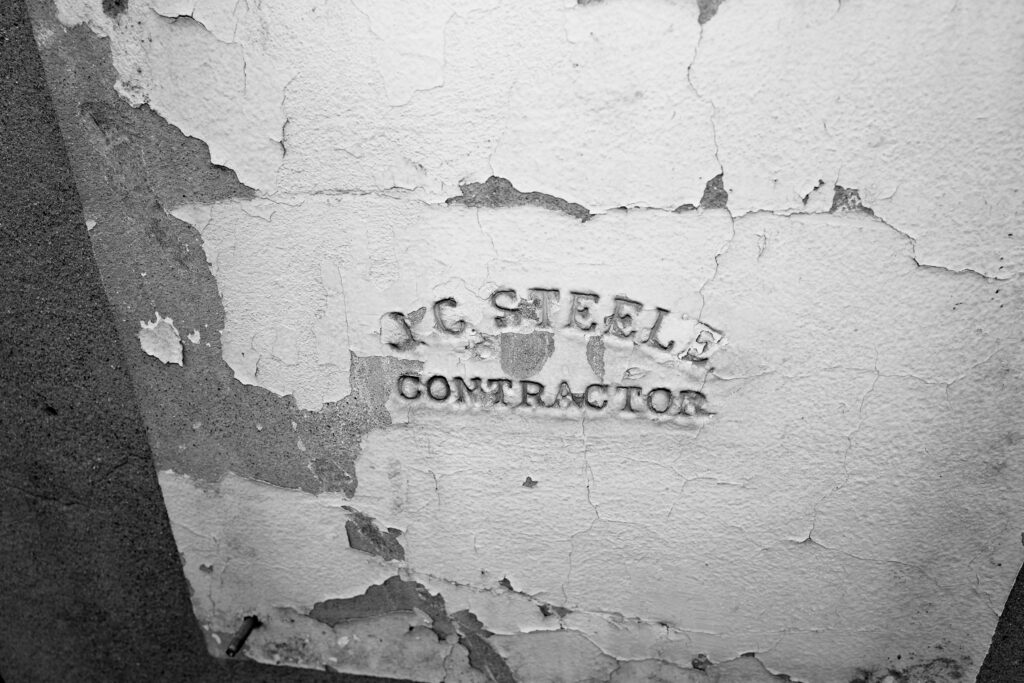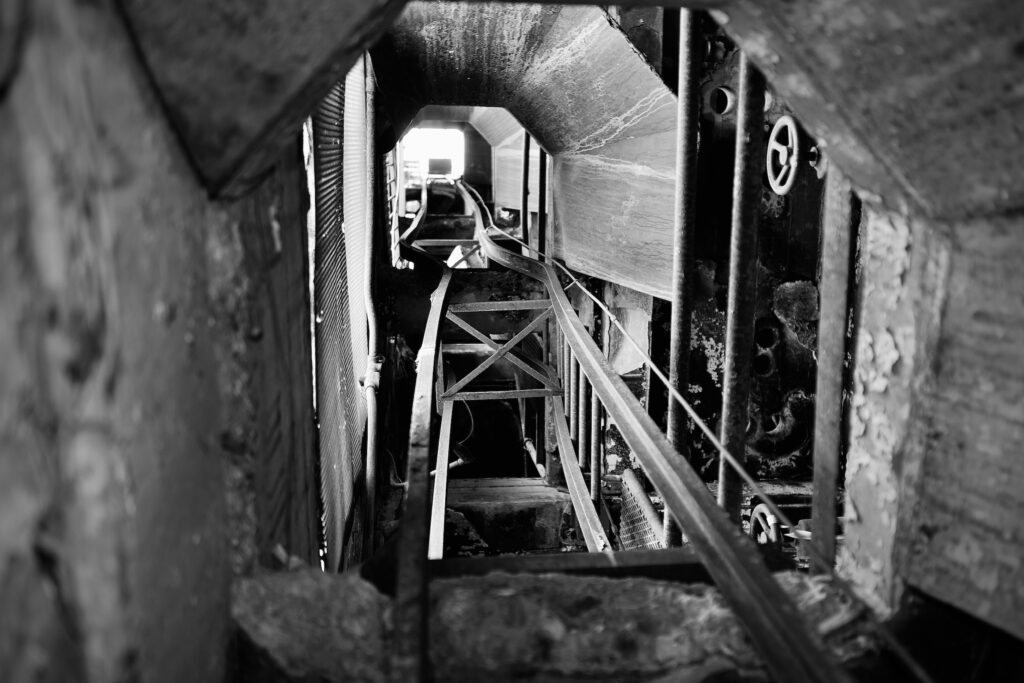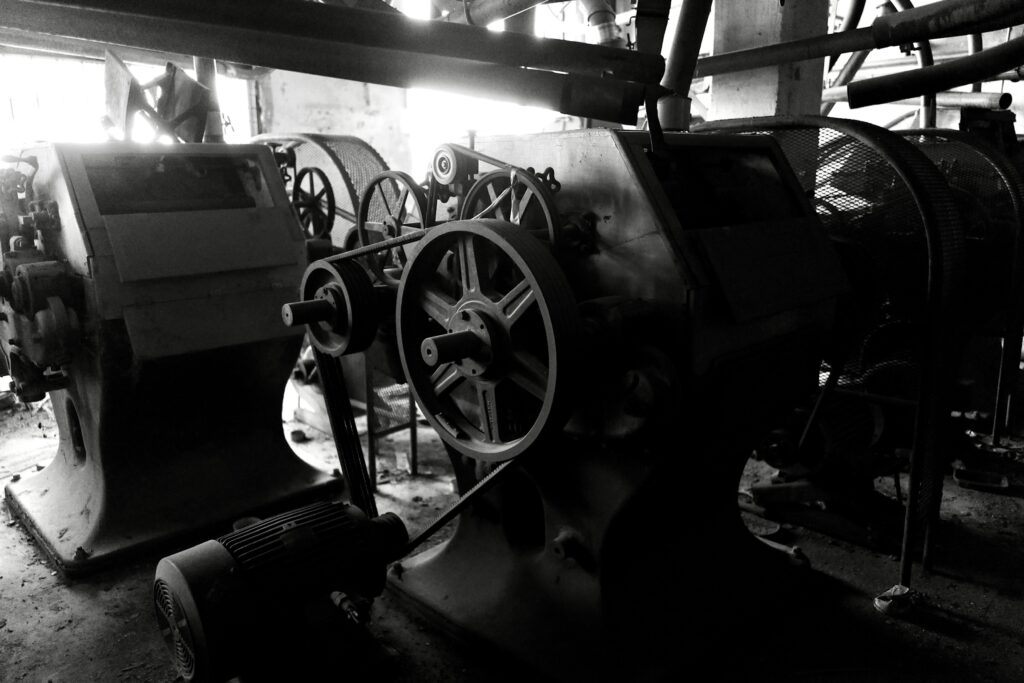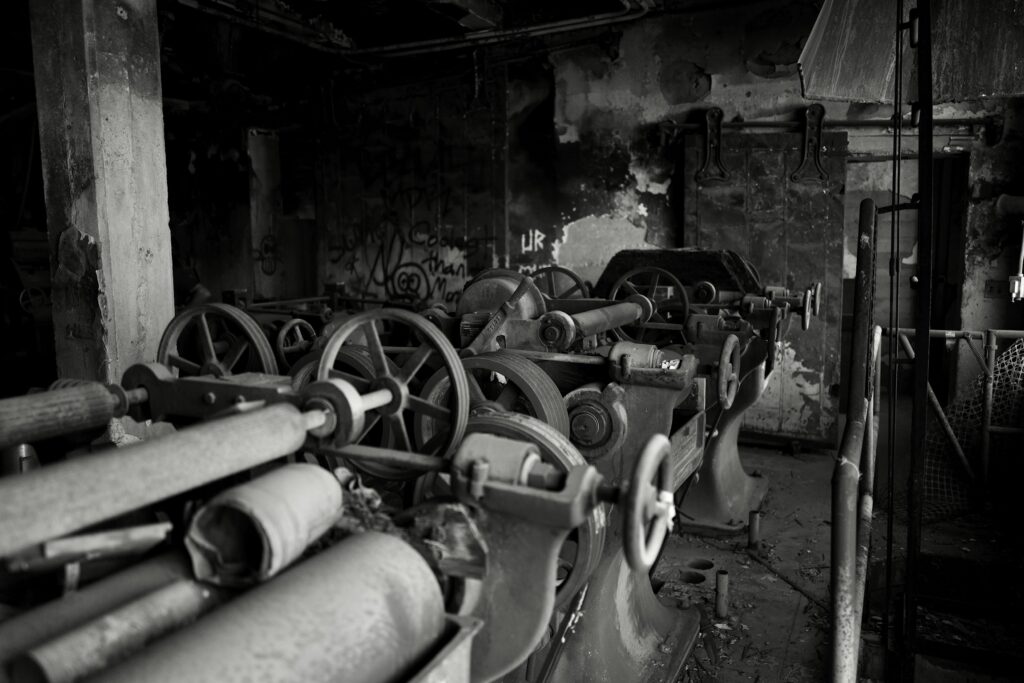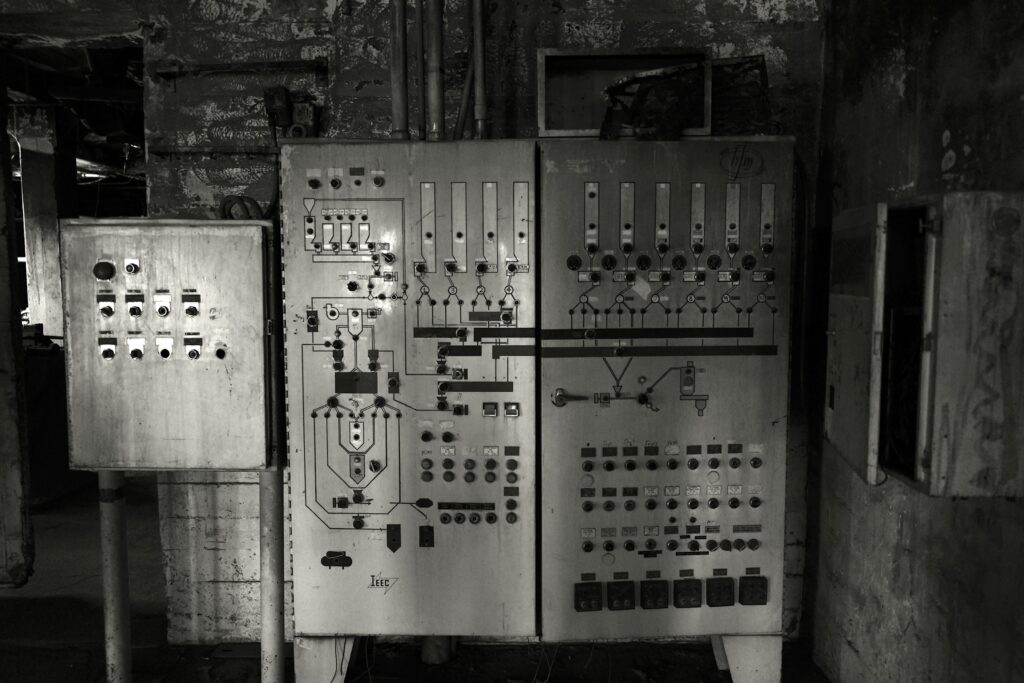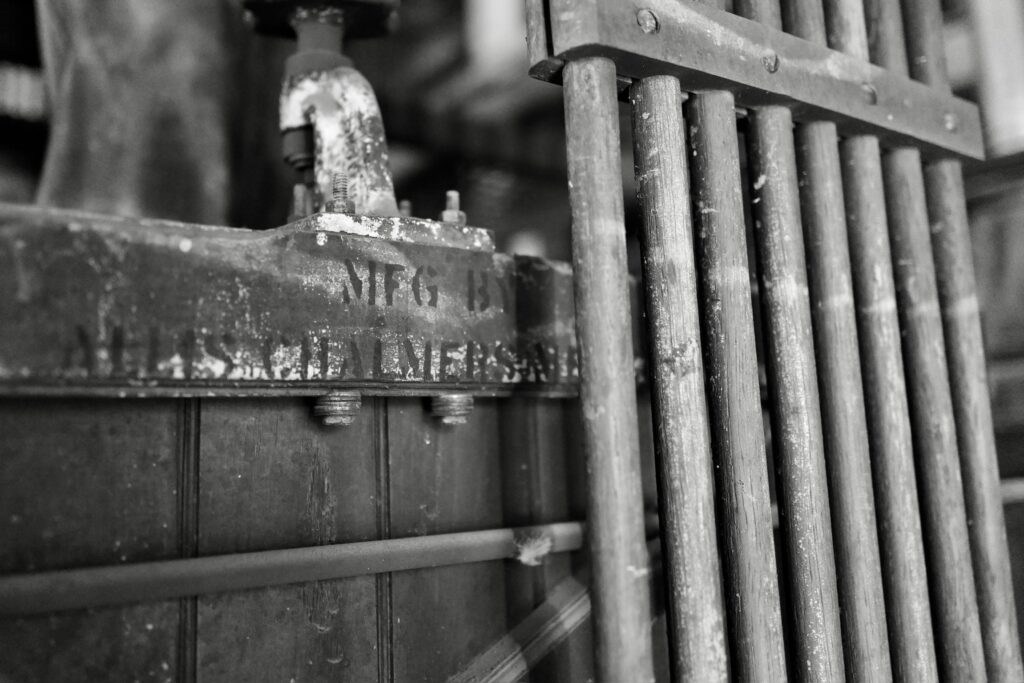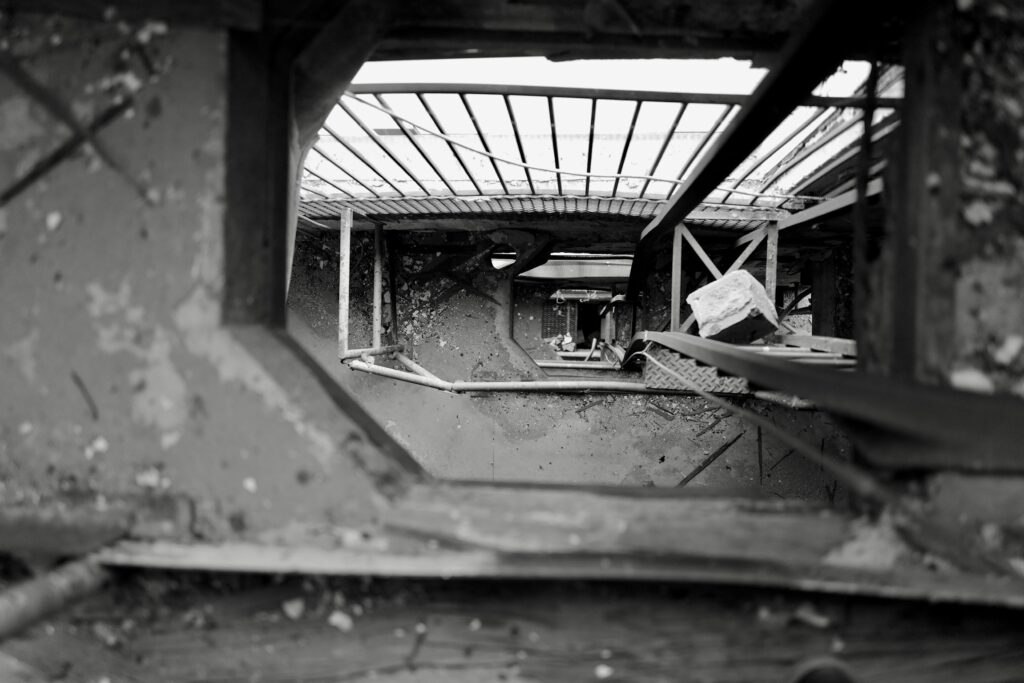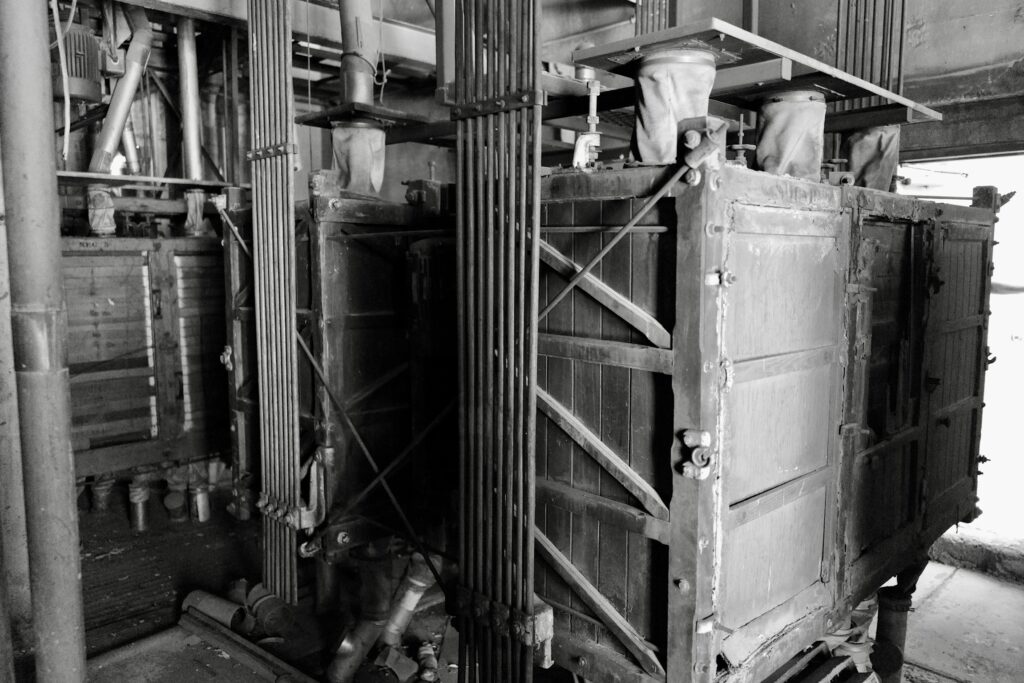
HFM Experience
OUR STORY
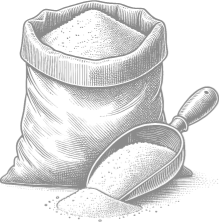
Welcome to the Hayden Flour Mill Experience, a vibrant blend of history and modernism.
This creative redevelopment, spearheaded by Venue Projects and Sunbelt Holdings, aspires to transform Tempe’s iconic landmark into a dynamic destination and experience featuring new restaurants, shops, offices, plazas, open park space, recreational, cultural and entertainment activities amidst sensitively rehabilitated historic mill structures and site.
Designed in collaboration with the historic preservation community, the Four Southern Tribes of Arizona (Salt River Pima-Maricopa Indian Community, Gila River Indian Community, Ak Chin Indian Community, Tohono O’odham Nation) and local stakeholders, the project honors Tempe’s and Arizona’s rich heritage while introducing innovative and exciting amenities.
This long-term initiative promises to rejuvenate the area, enhance downtown vibrancy, and celebrate the cultural significance of Tempe Butte (aka O’odham: ‘Oidbad Do’ag; Hayden Butte; A-Mountain), ensuring the Hayden Flour Mill Experience remains a cherished landmark destination for future generations.
Stay connected with us for exciting updates and amazing experiences ahead!

Team
COLLABORATORS
DONORS & CONTRIBUTORS
Photography provided by: Don Dillon
THE HISTORY
Charles T. Hayden
1870 (NOVEMBER)
Tucson merchant Charles T. Hayden heads a group of investors who file a claim with Maricopa County to establish a flour mill at the base of Tempe Butte, along with the necessary water rights needed to provide hydraulic power to the mill.
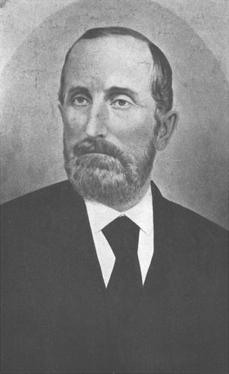
Hayden Flour Mill
1872
Charles T. Hayden hires P. B. Blaine to build his flour mill. Blaine completes construction of the Hayden Flour Mill in May 1874.
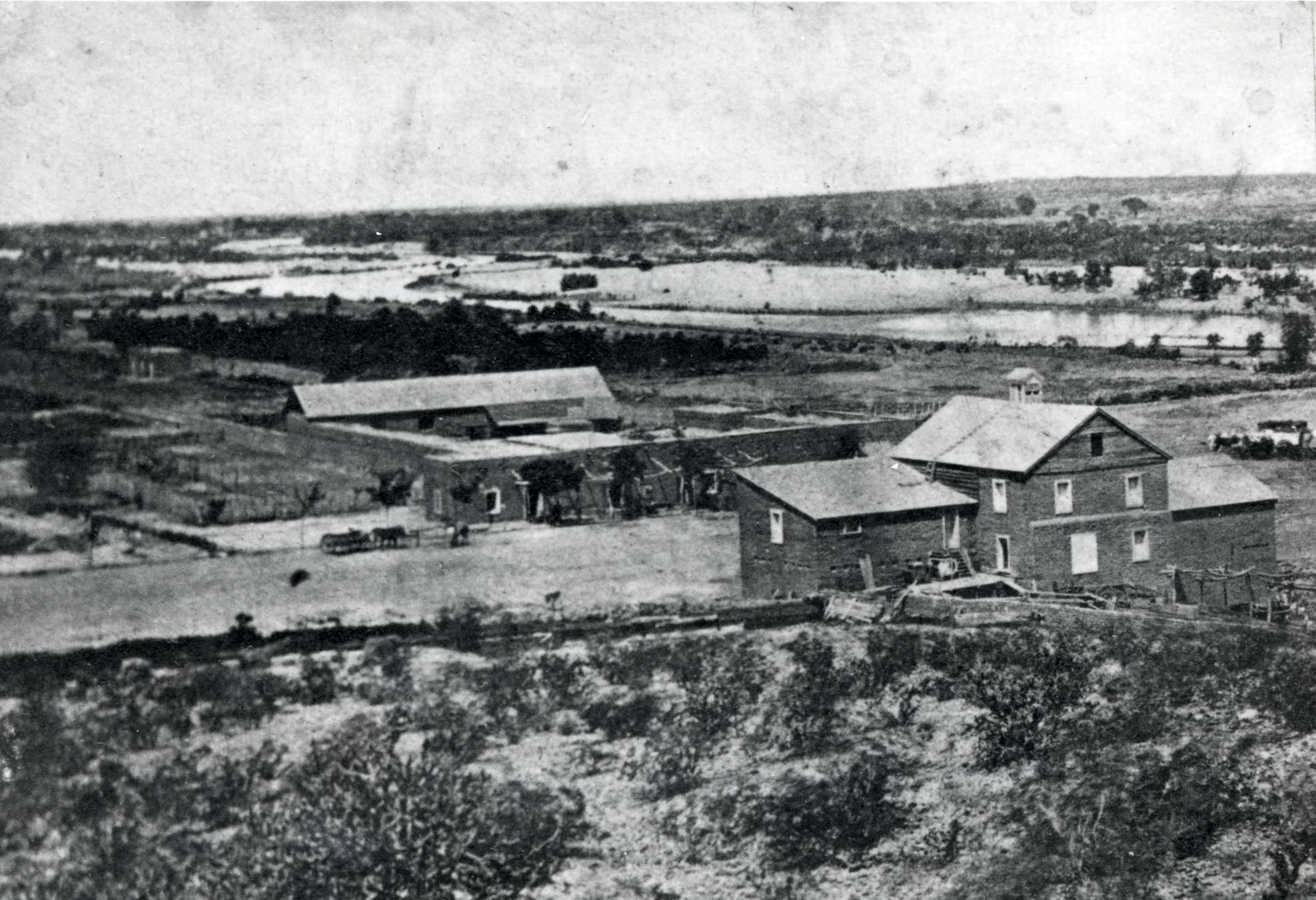
HFM
Mid-1870’s
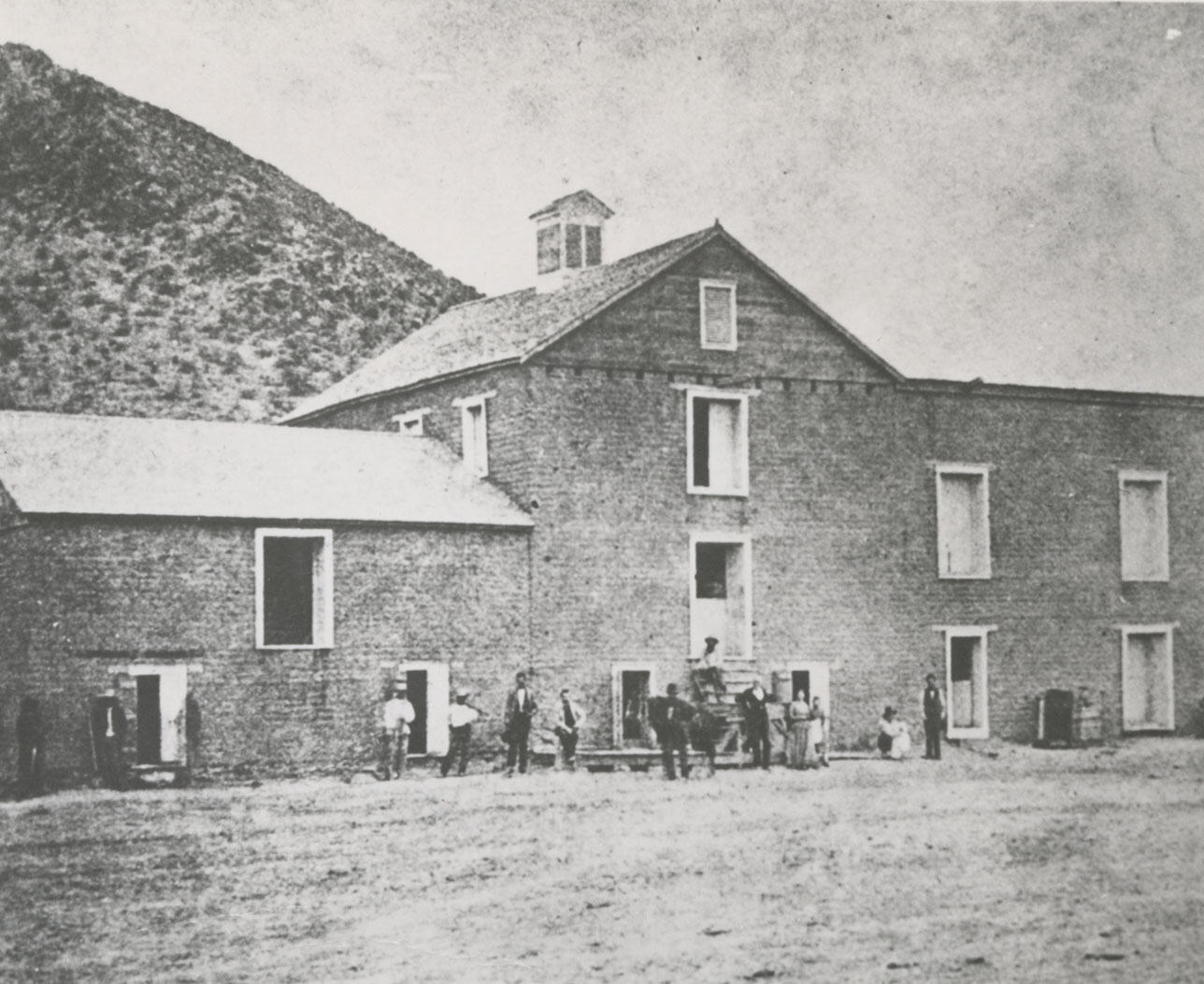
Hayden Flour Mill
circa 1884
West face of the mill – built onto the mill in the early to mid-1880s
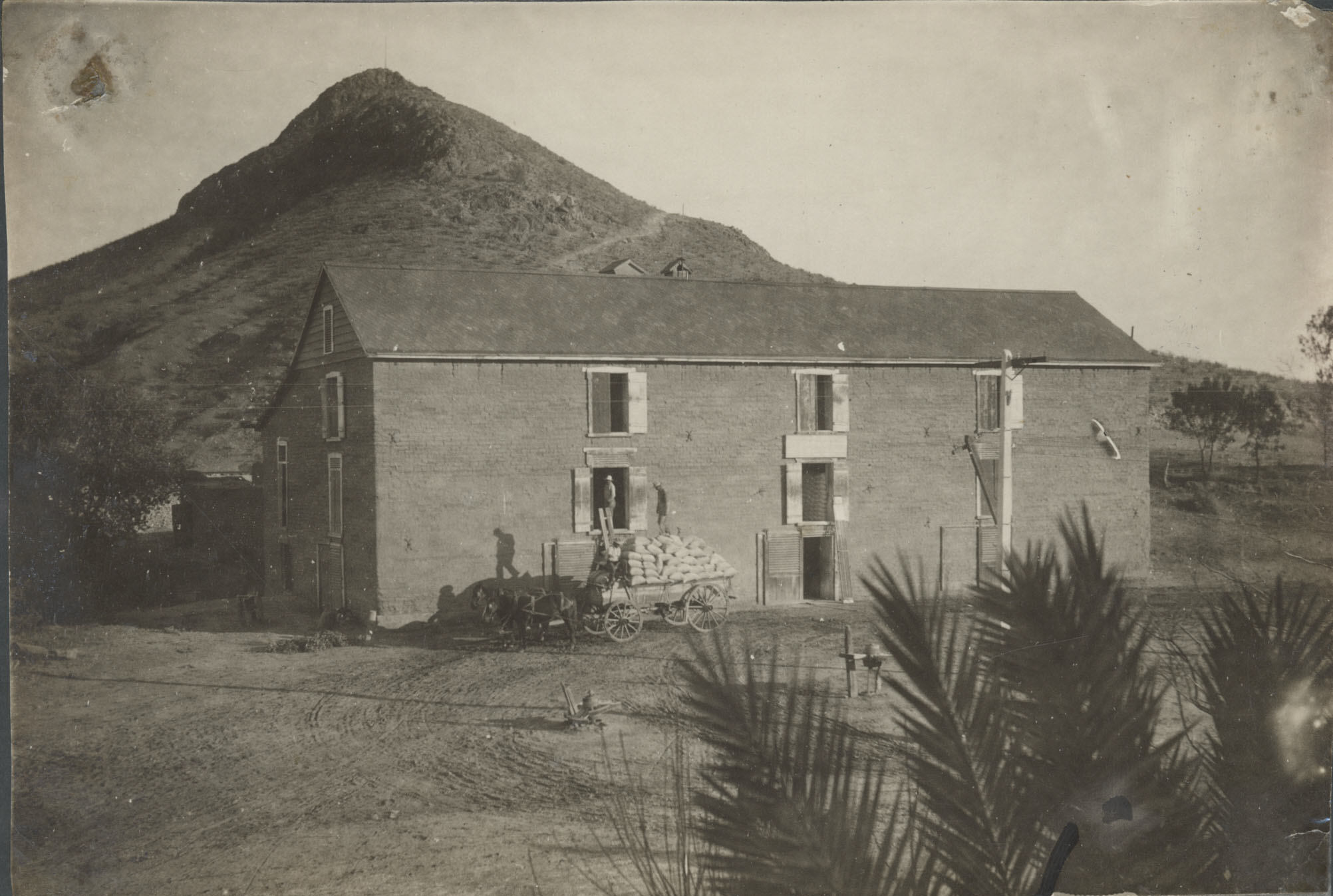
Railroad Access
1887
The tracks of the Maricopa & Phoenix Railroad reach Tempe, providing the Hayden Flour Mill and other Tempe businesses with access to the national railroad system for the first time.
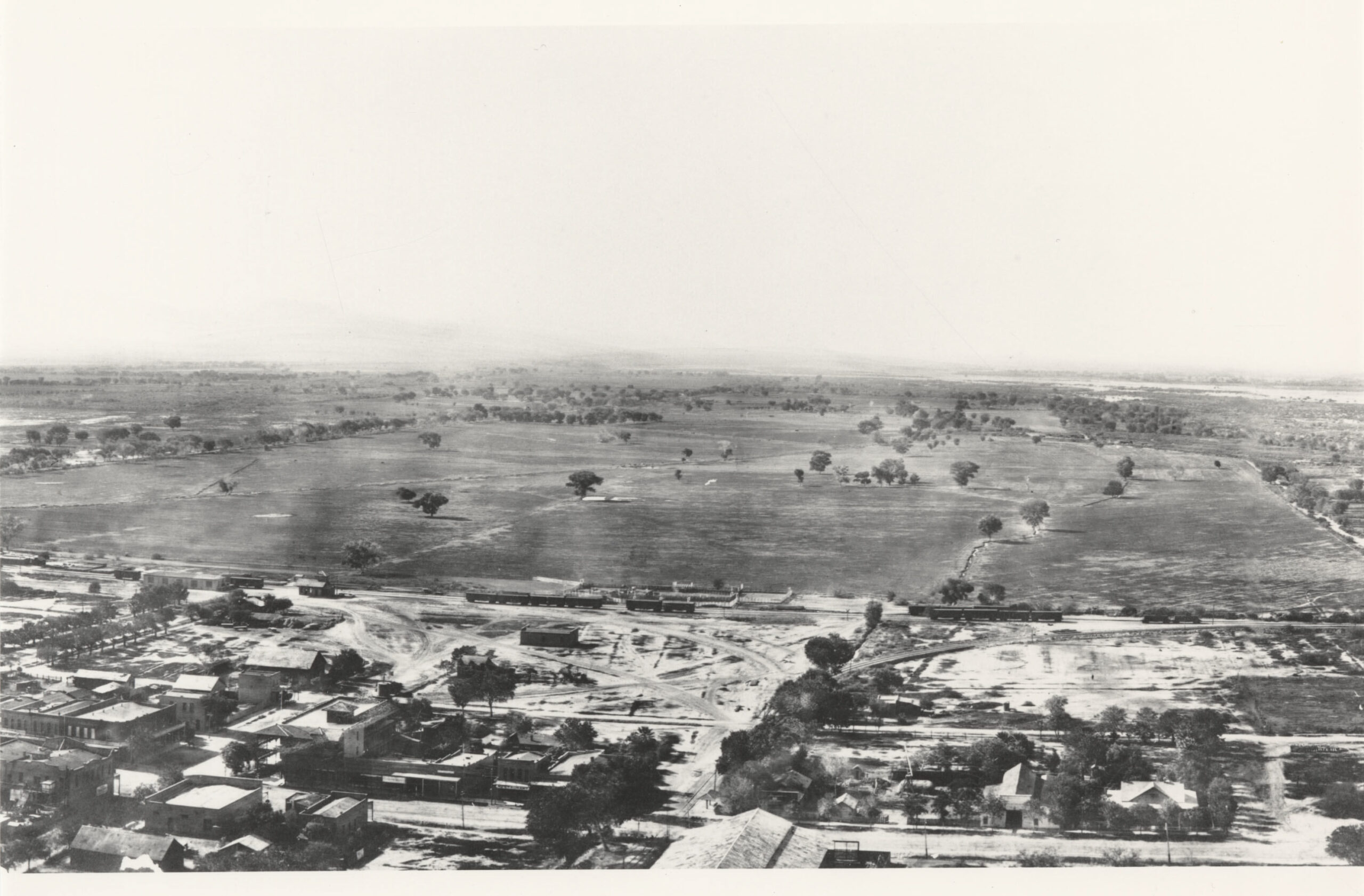
Calaboose
1888
Maricopa County grants permission for the town of Tempe to build a calaboose (a small, one-room jail meant for temporary housing of prisoners). The calaboose is built just south of the Mill. The building is composed of steel inner cage, reinforced on the exterior by red brick.
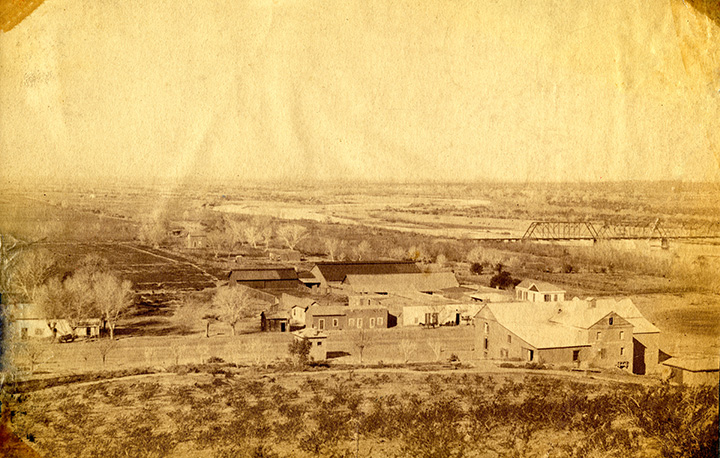
Fire
1895
A fire destroys the warehouse that Charles Hayden used for the storage of grain and miscellaneous hardware. Formerly the location of Hayden’s blacksmith and wagon shop, the building was the original home of the Tempe Daily News until the newspaper was relocated to 4th Street and Maple around 1890.
*
Since the 1960s, the mistaken belief has arisen that the Flour Mill itself was destroyed by the 1895 fire. Neither newspaper accounts from the time period, nor fire insurance maps from the 1890s, or in fact any other sources from the 1890s support this belief. The original Mill survived until it was destroyed by fire in 1917.
Photo year: 1890
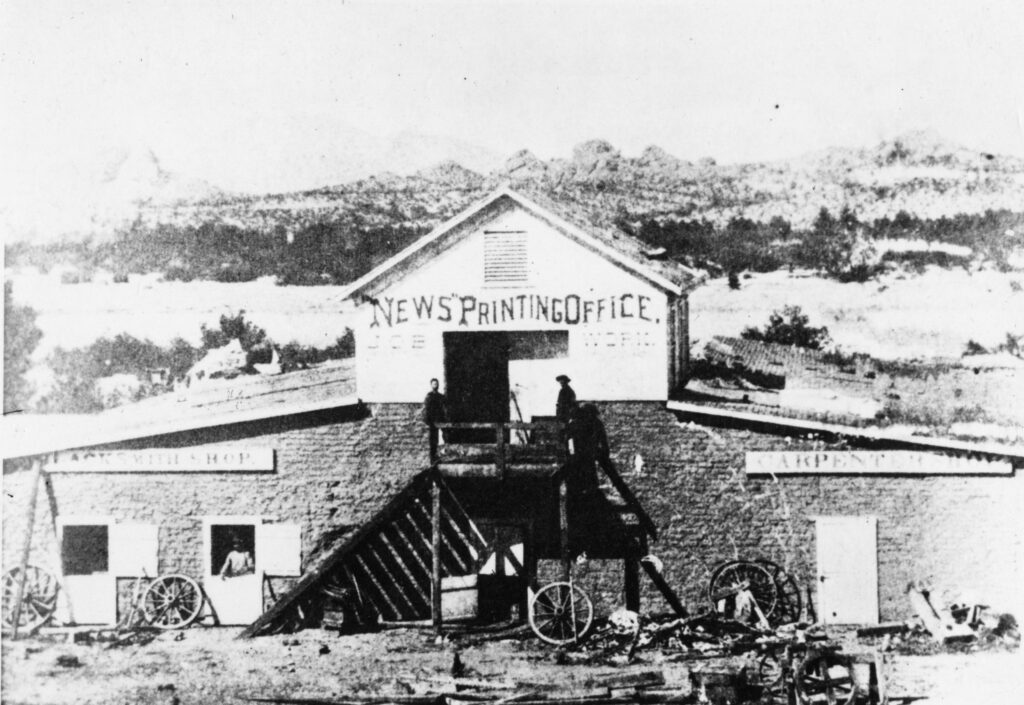
Wagon and horses
1896
The Native American farmer seen here with his wagon is likely a member of the O’odham or Piipaash tribes from the Salt River or Gila River Indian Communities. These farmers had a long history of doing business with the Hayden Flour Mill, and they likely brought the majority of their wheat crops to this mill every harvest season. The business relationship between these Native American farmers and the Hayden Flour Mill likely continued well into the 20th century.
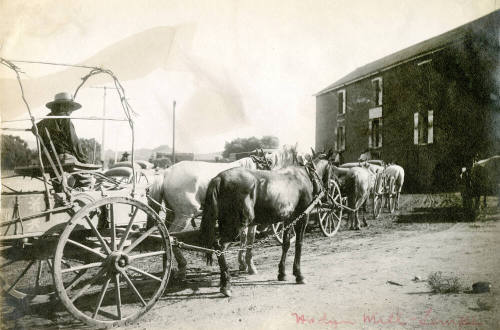
Hayden Flour Mill
Hydrolic power system
Hayden’s Flour Mill and water trough to turn water wheel that furnished power to run the Mill. Water was taken from the Hayden Ditch and dropped twenty-four feet onto a water wheel which turned the big stones grinding the wheat into flour.
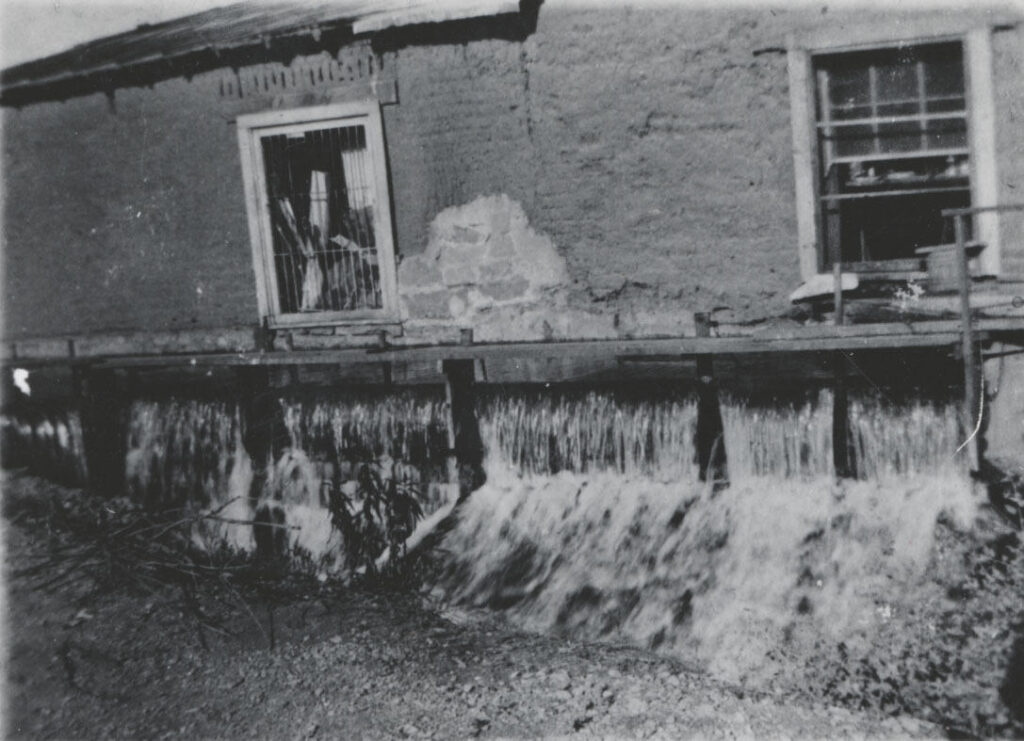
Calaboose is demolished
1912
This photo taken at the Hayden Flour Mill includes a rare view of Tempe’s calaboose. The distinctive roof and tall chimney are visible above the tall wood fence in the background near the left center of this photo.
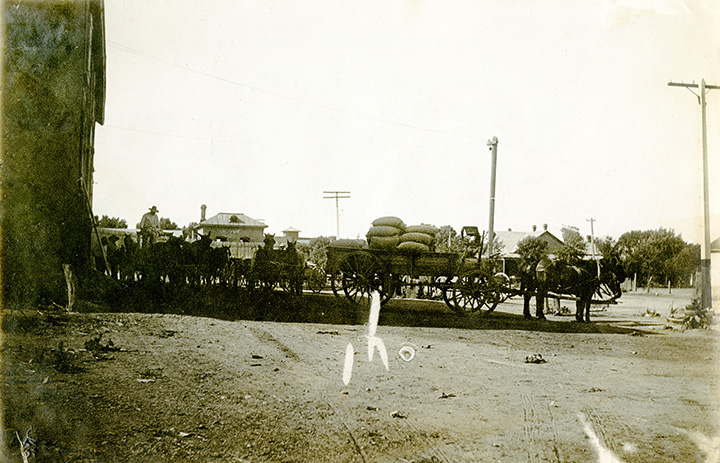
Train Access
Tracks by the mill
The tracks seen here were built around 1904. This was a siding track constructed for the Mill’s use, and it provided direct access to the rail line of the Phoenix & Eastern Railroad (an Atchison, Topeka & Santa Fe subsidiary), as well as the tracks of the nearby Maricopa & Phoenix Railroad (a Southern Pacific subsidiary).
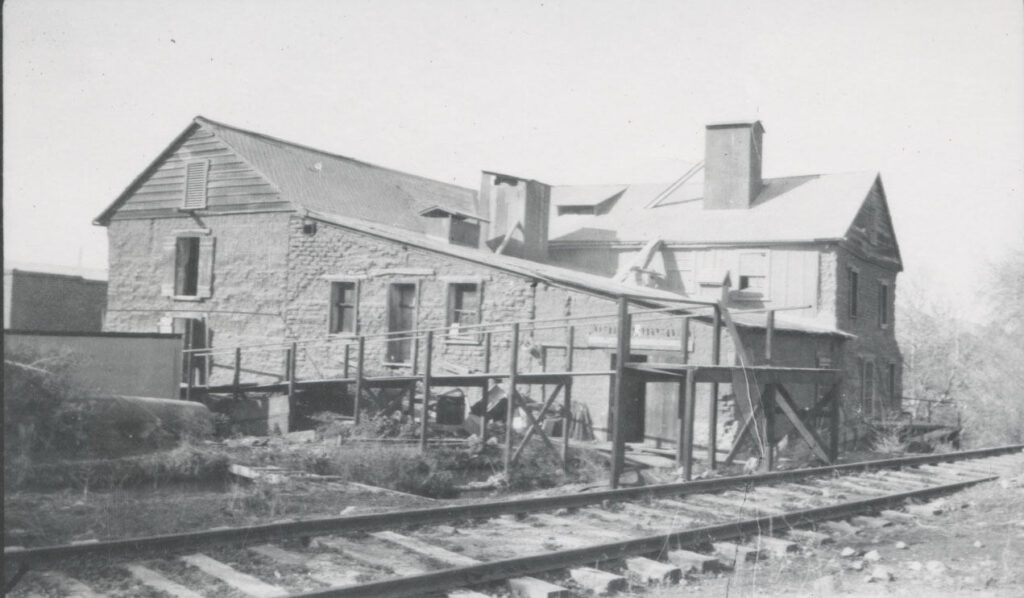
Fire!
1917
The ruins of the original Hayden Flour Mill seen here on July 20, 1917, about a week and a half after fire destroyed it completely. The hard work and diligence of the Tempe Fire Department prevented the fire from destroying other buildings at the north end of Mill Avenue, including the historic Hayden House across the street.
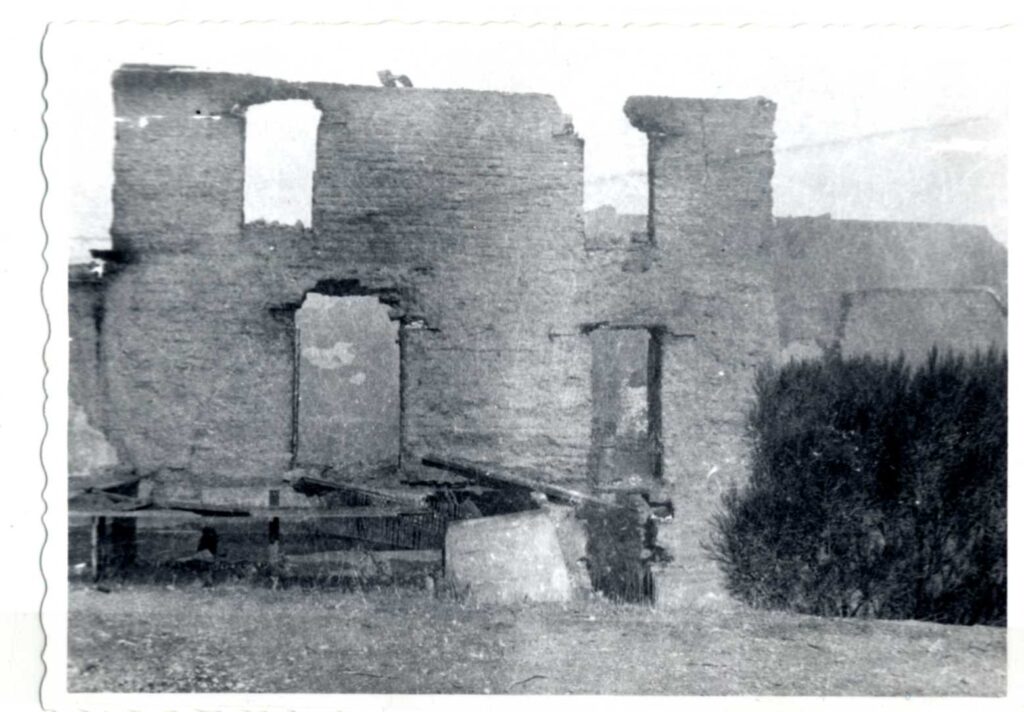
Hayden Flour Mill
1920
The new Hayden Flour Mill was just two years old when this photo was taken in October 1920. The store and warehouse building built next door advertises the Mill’s flagship flour brand, Arizona Rose.
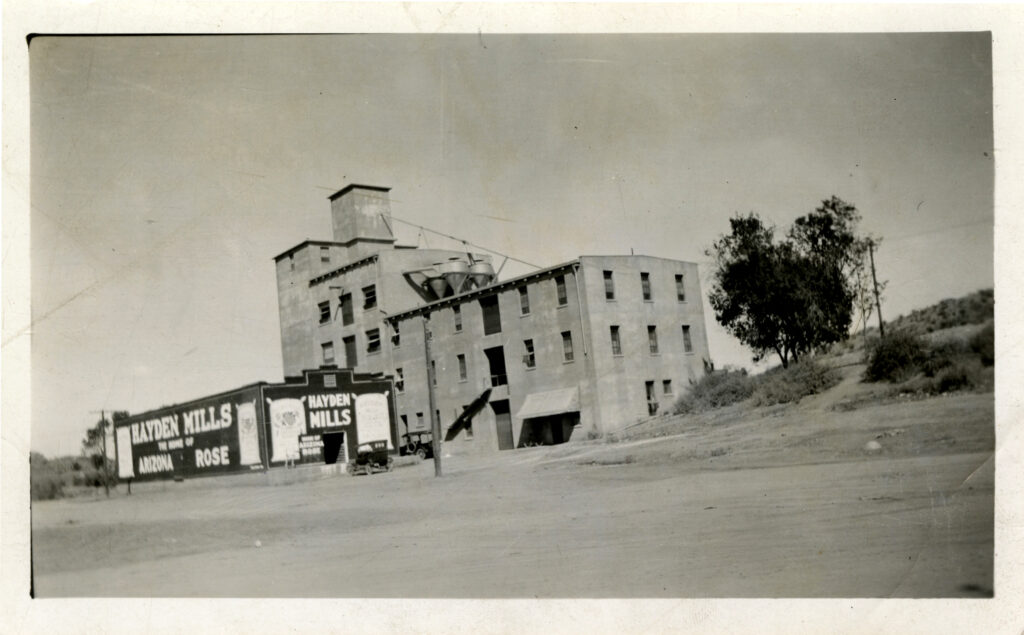
Hayden Mills
1920
Hayden Mills and Hayden Home

Electric power
1924
The Hayden Flour Mill is converted to run on electric power (replacing the hydropower system which had been in use since the Mill was originally built in the 1870’s.
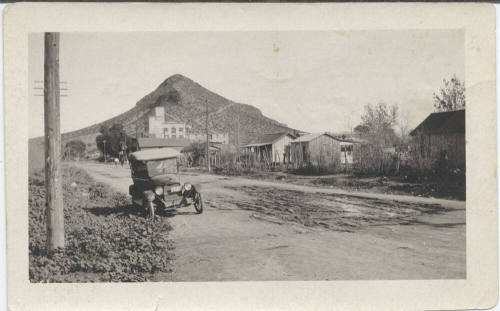
The Mill and Hayden House
1930
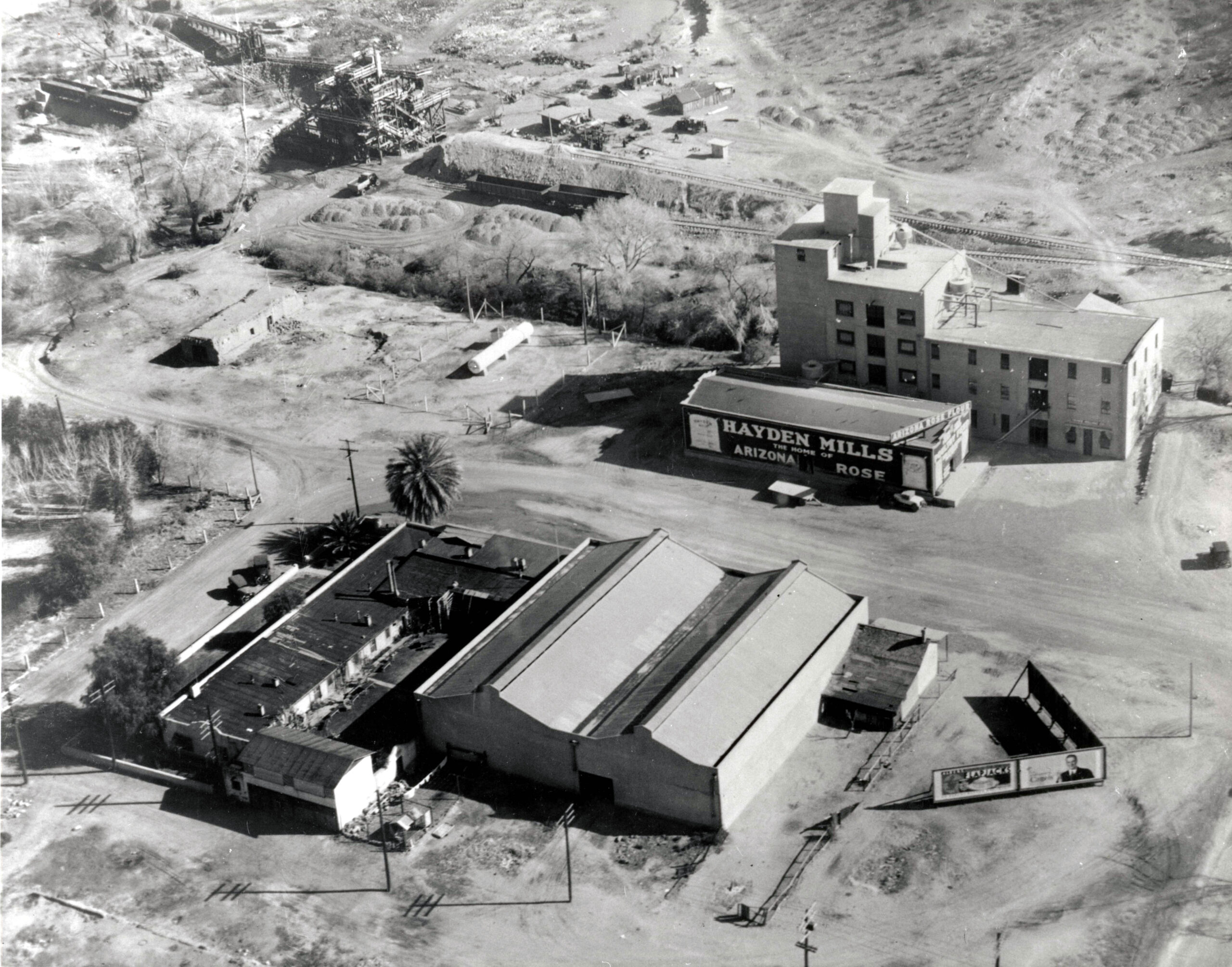
Grain elevators
1951
A grain elevator with 14 storage silos is built in early March. The $225,000 reinforced concrete structure required 11 days of continuous concrete pour to complete. The 150-foot grain elevator and 120-foot-tall silos have a capacity of 306,000 bushels (this equates to over 9,000 tons of grain, with some variation depending on the variety). The grain elevator and the distinctive silos immediately become a defining feature of both the Hayden Flour Mill and downtown Tempe.
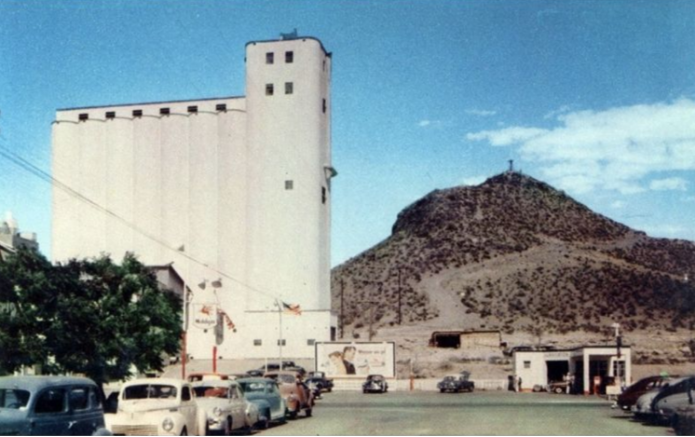
Hayden Flour Mill
1970’s
Photograph of operations in early 1970’s.
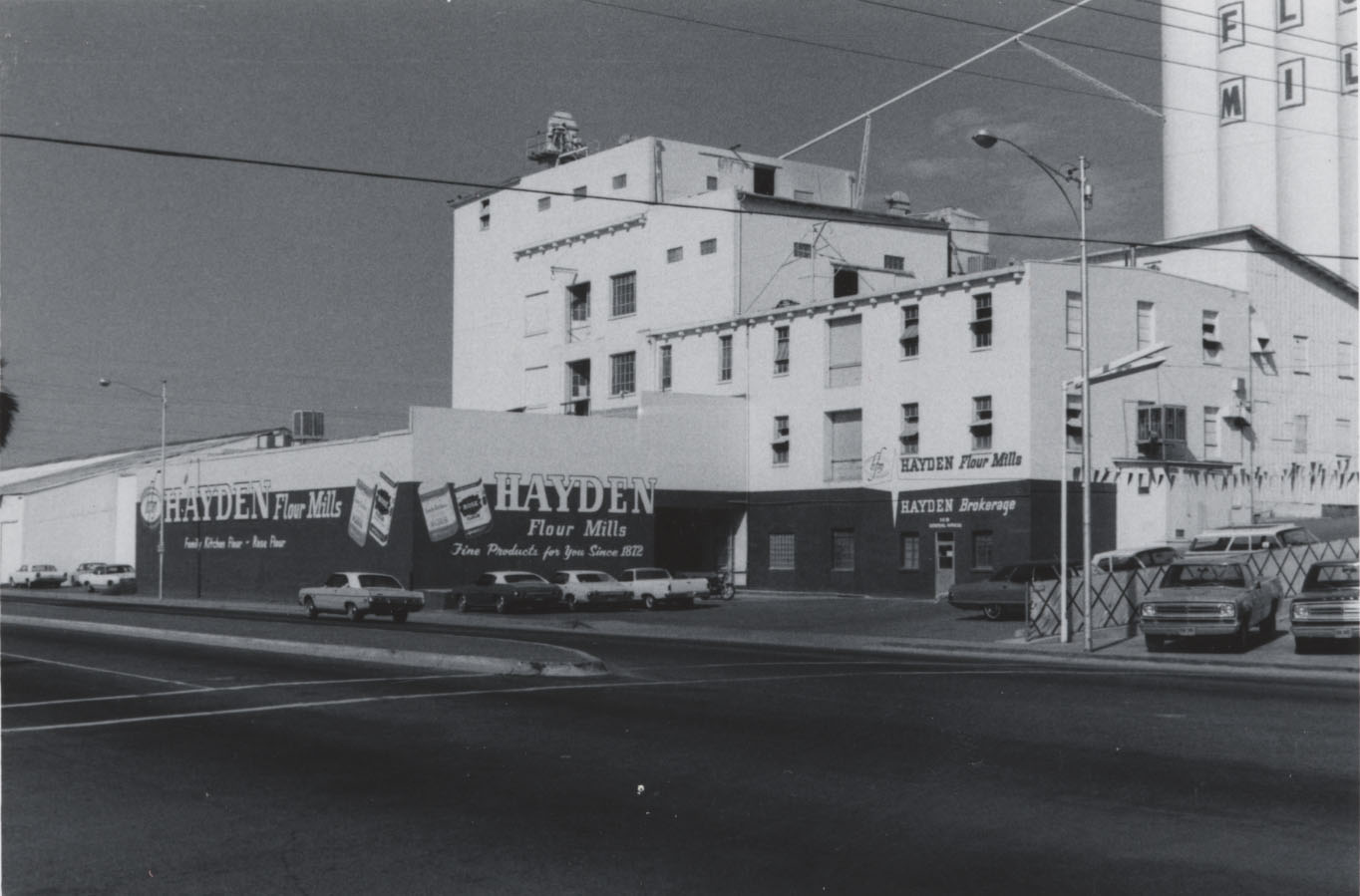
Hayden Flour Mill
1975
Photograph of Hayden Flour Mill on Mill Ave. with Monte’s Steakhouse in the foreground.
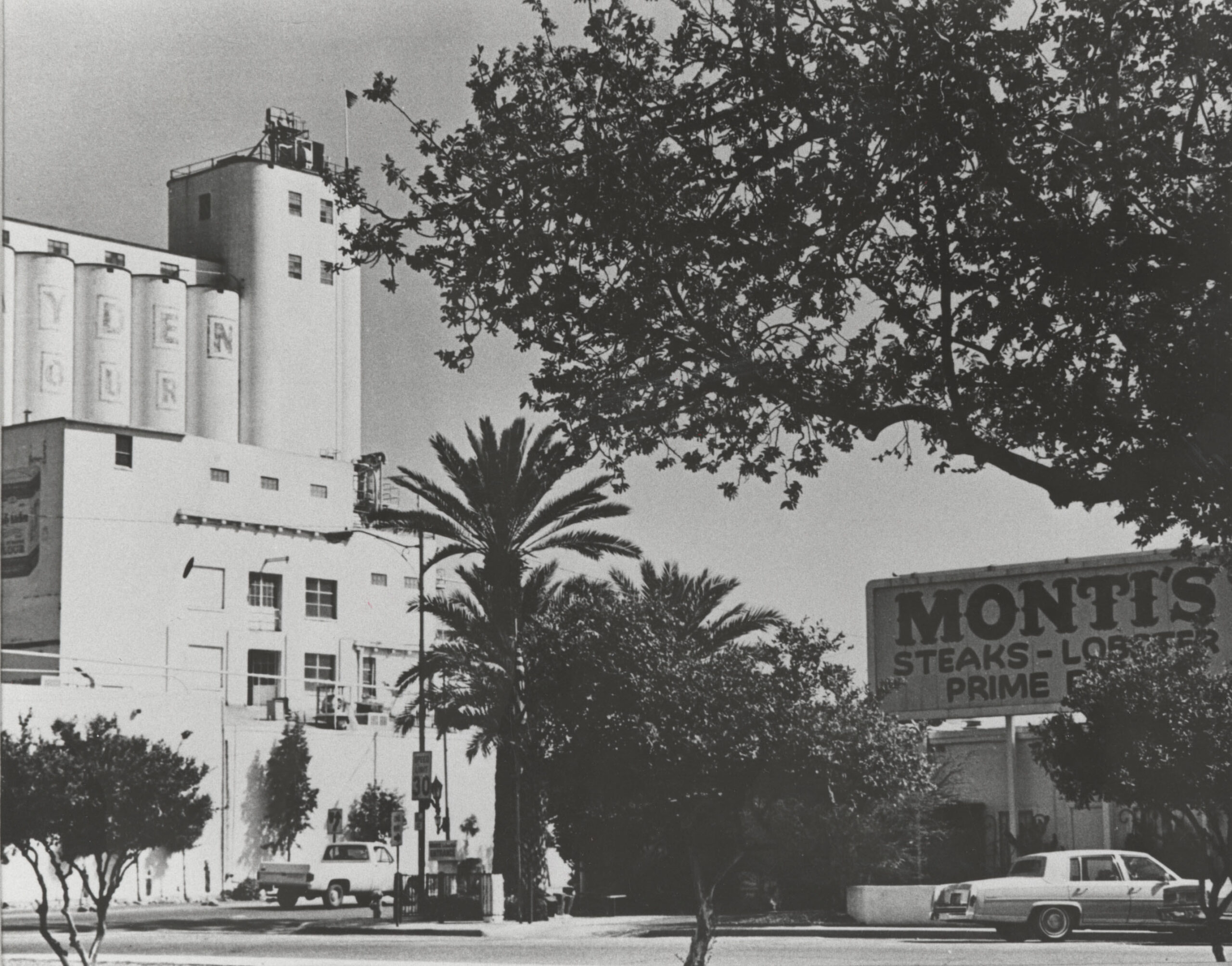
Last day of operation
1998
Operations cease at the Hayden Flour Mill when owner Bay State Milling closes the mill. One of the oldest businesses in Arizona, the Hayden Flour Mill had been in operation since 1874.
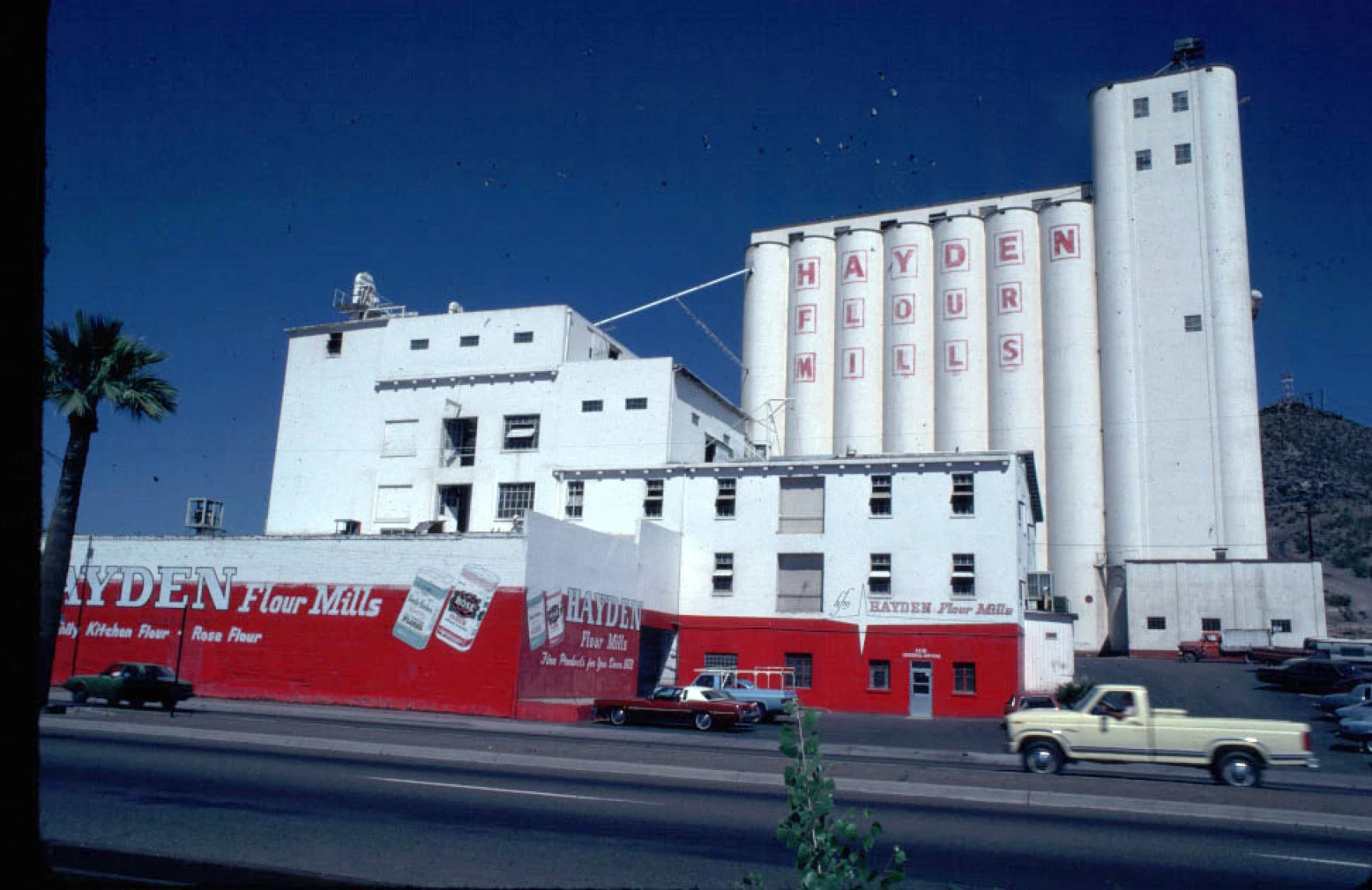
Fire!
2001
Tempe fire officials suspect arsonists started the blaze that scorched a Tempe historical landmark, the Hayden Flour Mill.
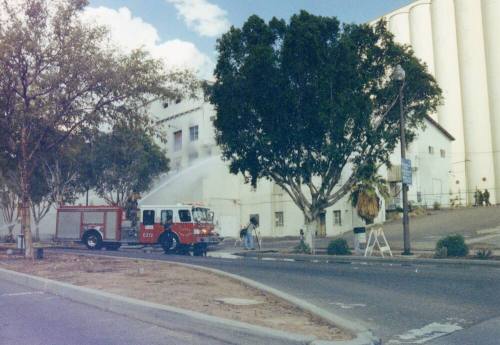
Fire damage
2003
This color print (from digital) of Hayden Flour Mill in 2003 is taken from the southwest and shows lower windows boarded up and chain-link fence in front of it. Fire damage is visible.
Photo Credit: Douglas Chandler
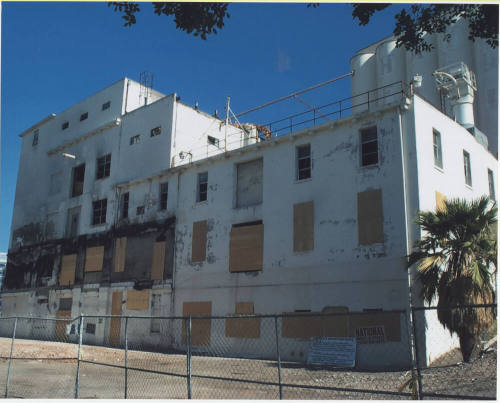
Approved Development and Disposition Agreement
2022
The City of Tempe approved a Development and Disposition Agreement with Venue Projects and Sunbelt Holdings to rejuvenate and improve the Hayden Flour Mill and surrounding property. This agreement reads that the City of Tempe will continue to own the flour mill and its land.
City of Tempe Announcement
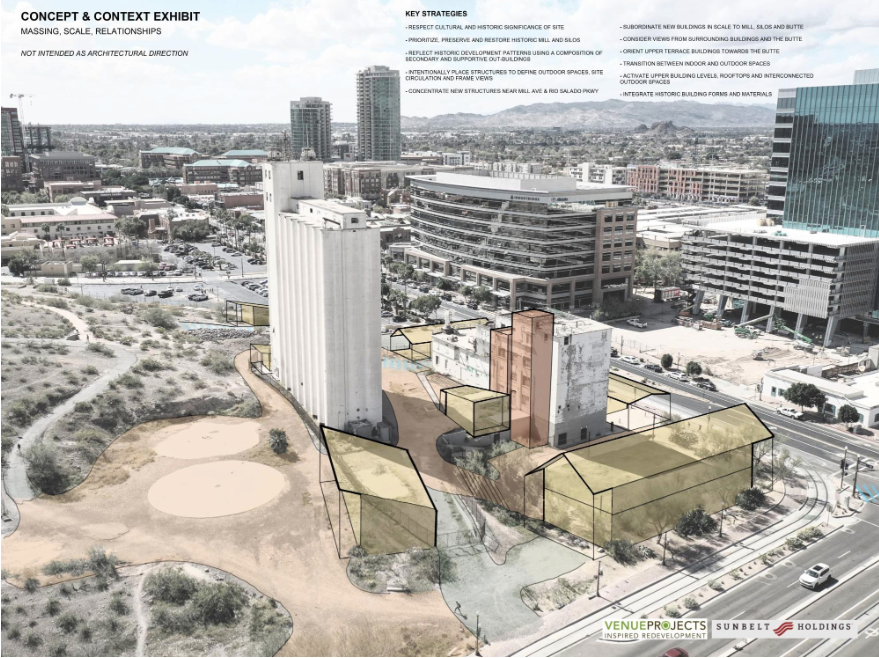
Inspection
2023
Venue Projects and Sunbelt Holdings have been selected to develop the Hayden Flour Mill site in collaboration with the City of Tempe. The project is now moving into the initial phases, which include deep dive inspections, assembling the full team, and starting programmatic design. This marks the beginning of a thoughtful approach to revitalizing the historic site.

Full Steam Ahead!
2024
After months of research, data gathering, engineering analysis, and close collaboration with the team, Hayden Flour Mills has proudly received its historic preservation designation. This recognition marks an important milestone in the project, affirming the site’s cultural and historical significance while allowing us to move forward with our vision for its thoughtful redevelopment.
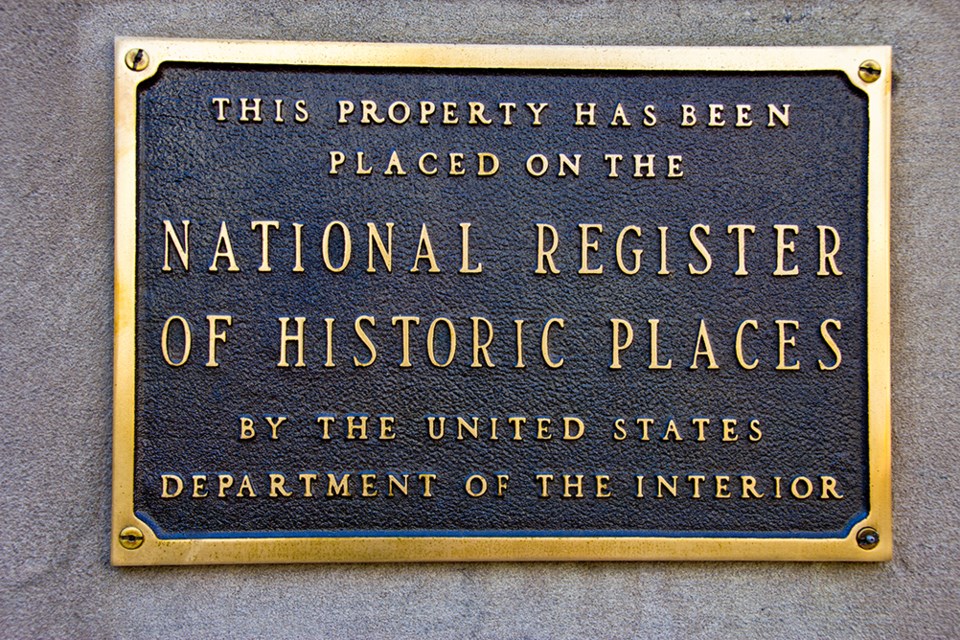
ON THE BOARDS & INSPIRATION
Disclaimer: The site plan information, plans, documents, illustrations, drawings, and referenced photography presented are intended to represent our conceptual vision and are not intended to depict any finalized design elements or commitments. This project is an ongoing and mixed-use development and will continue to evolve in collaboration with the community, stakeholders, and supporters. All elements of the project are subject to change as part of the natural development process and may be revised without notice to reflect updates, improvements, or regulatory requirements.























